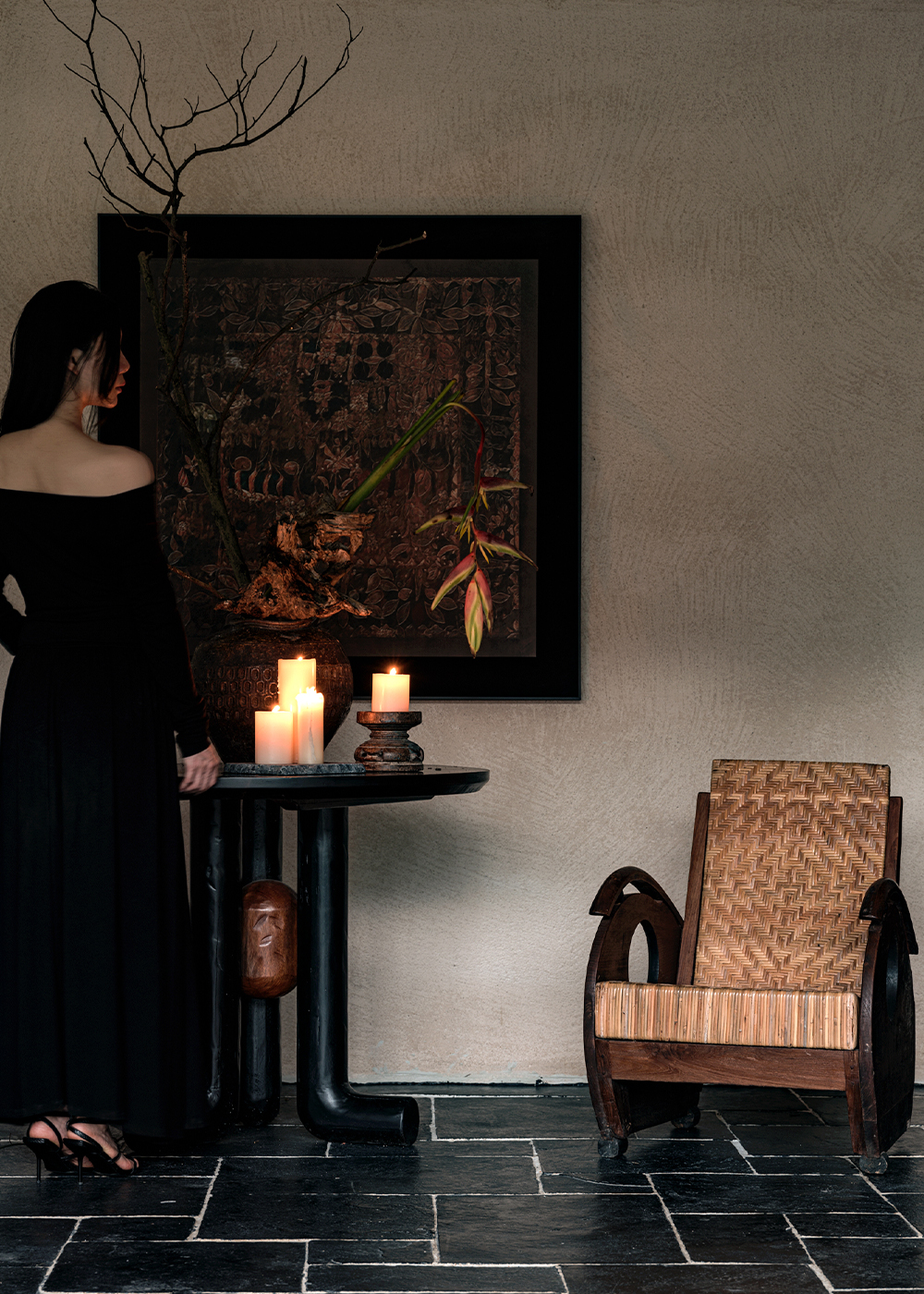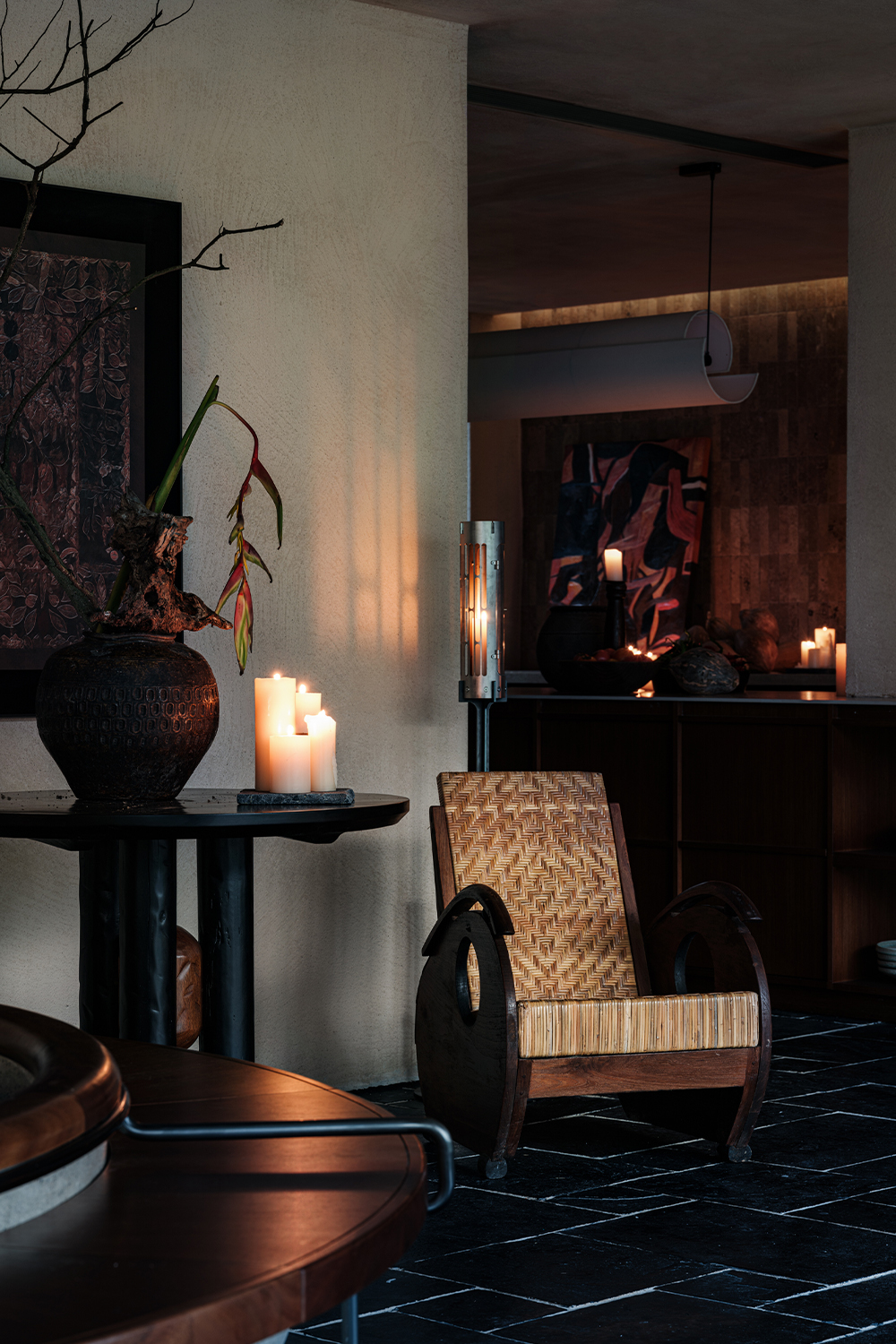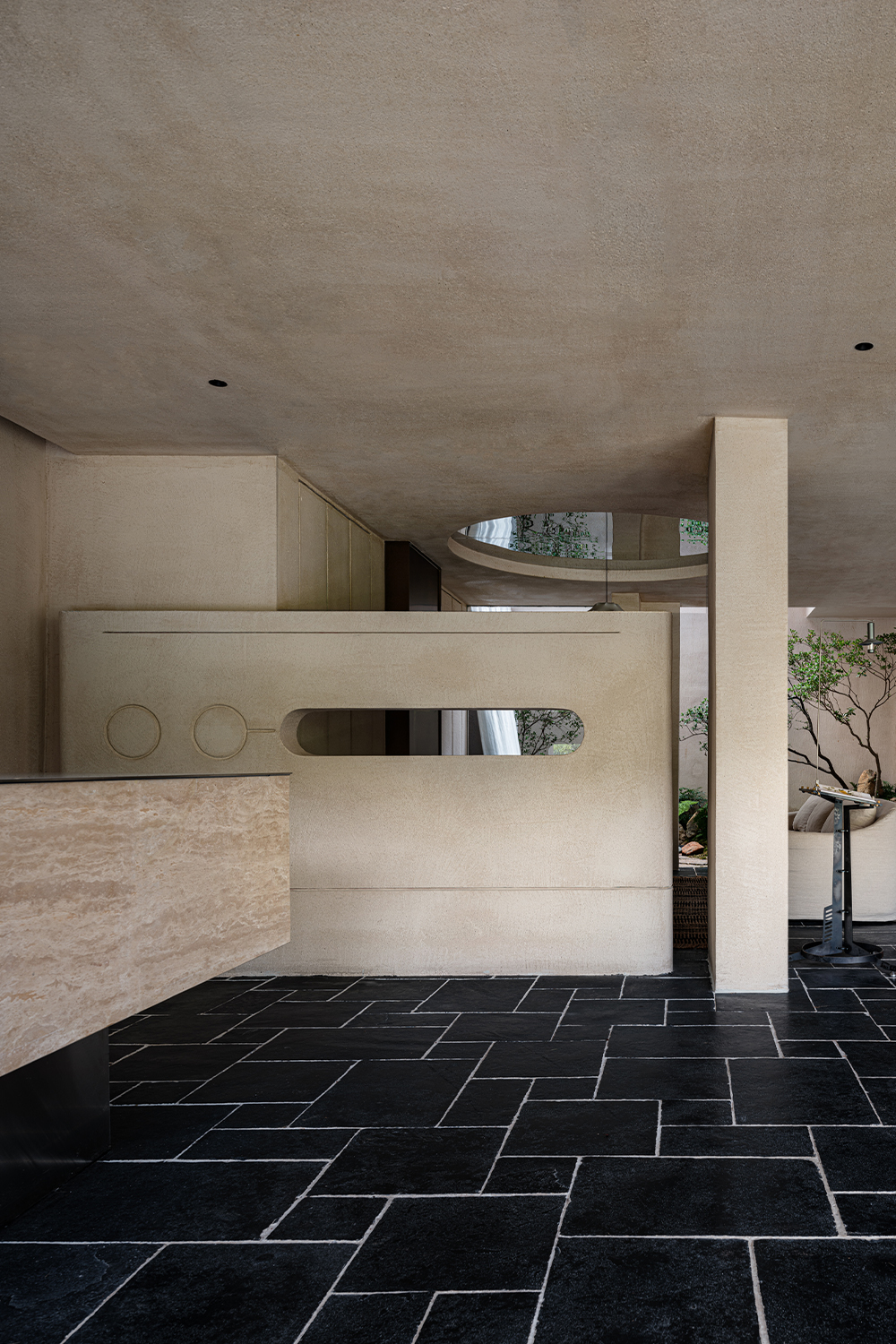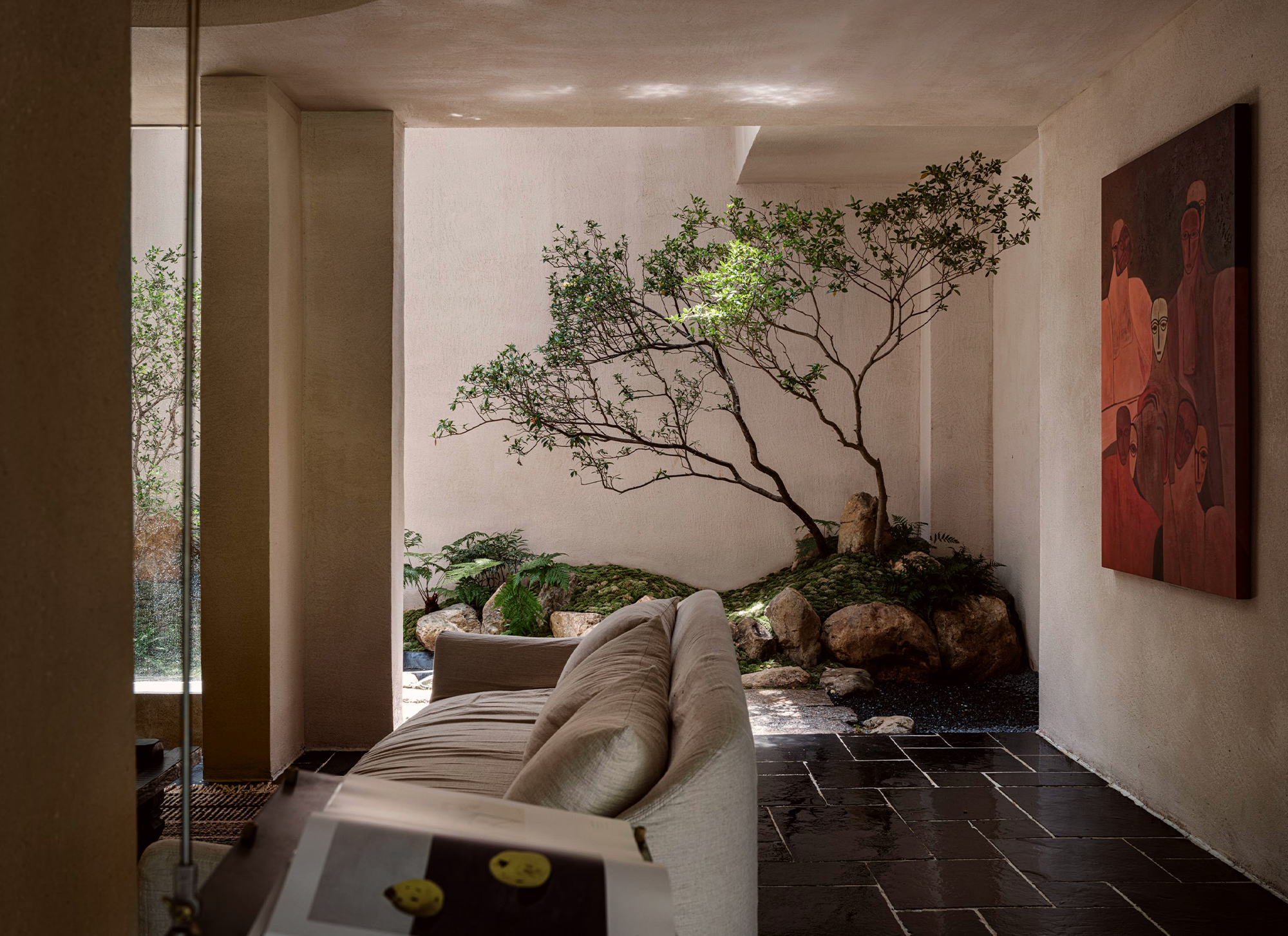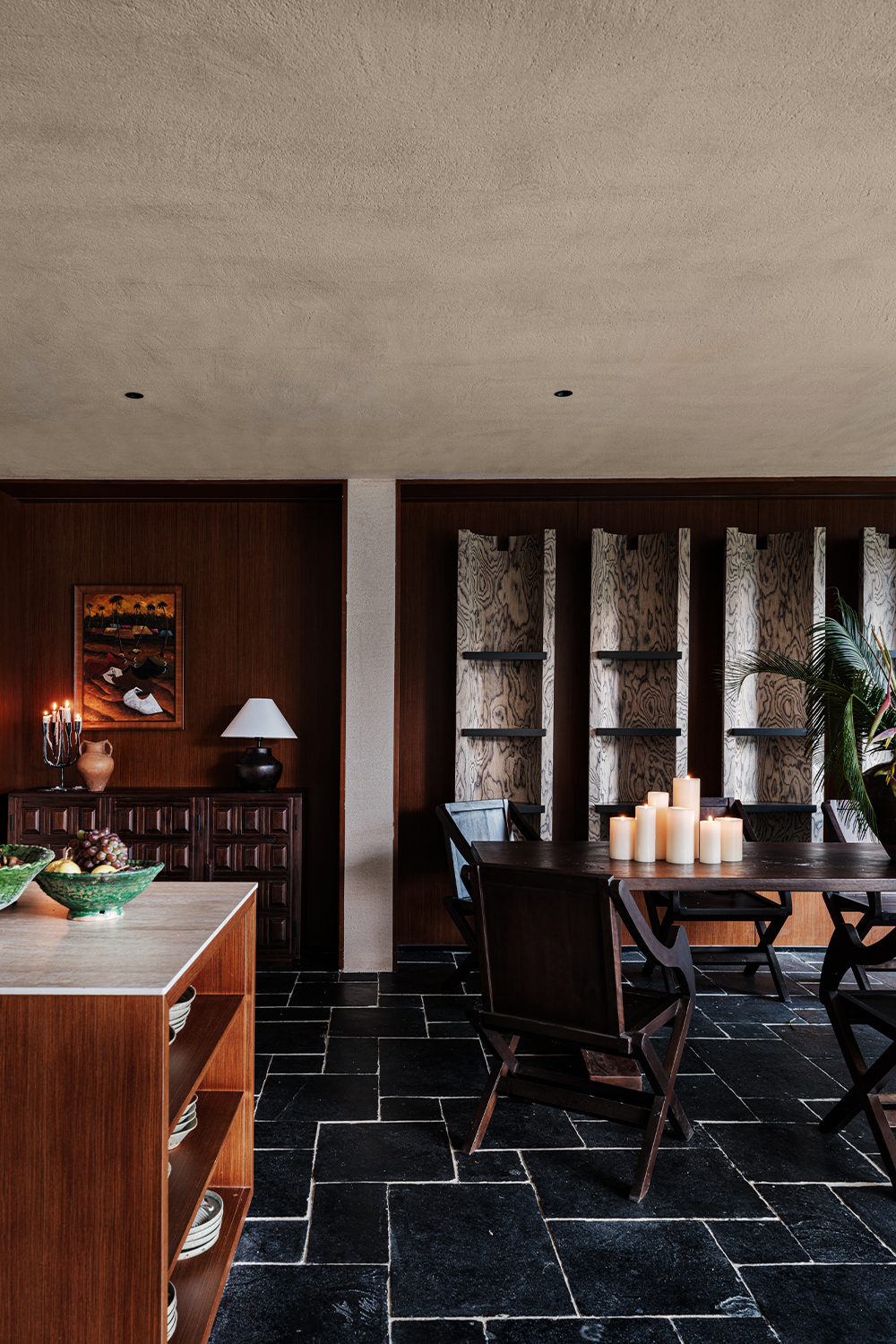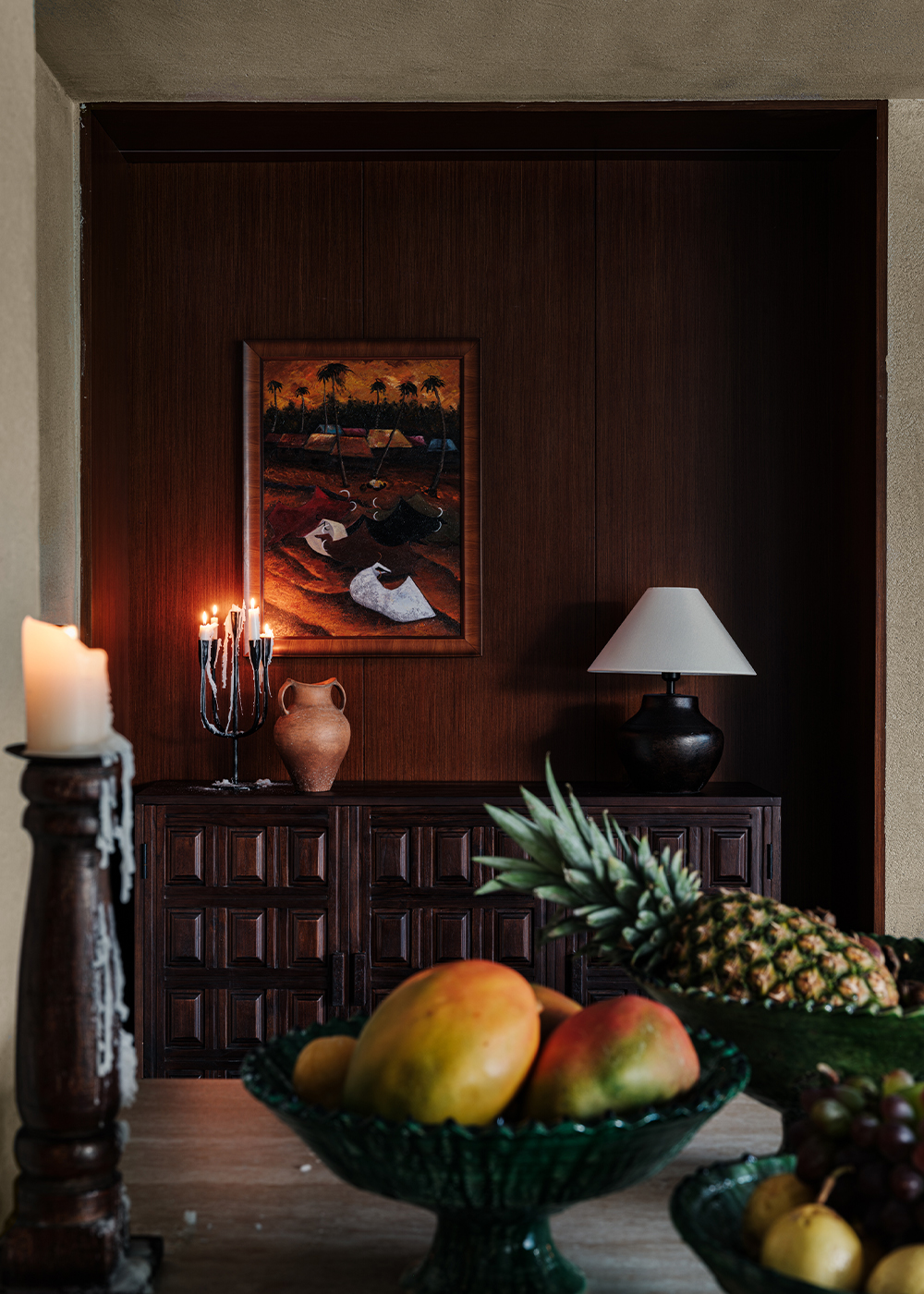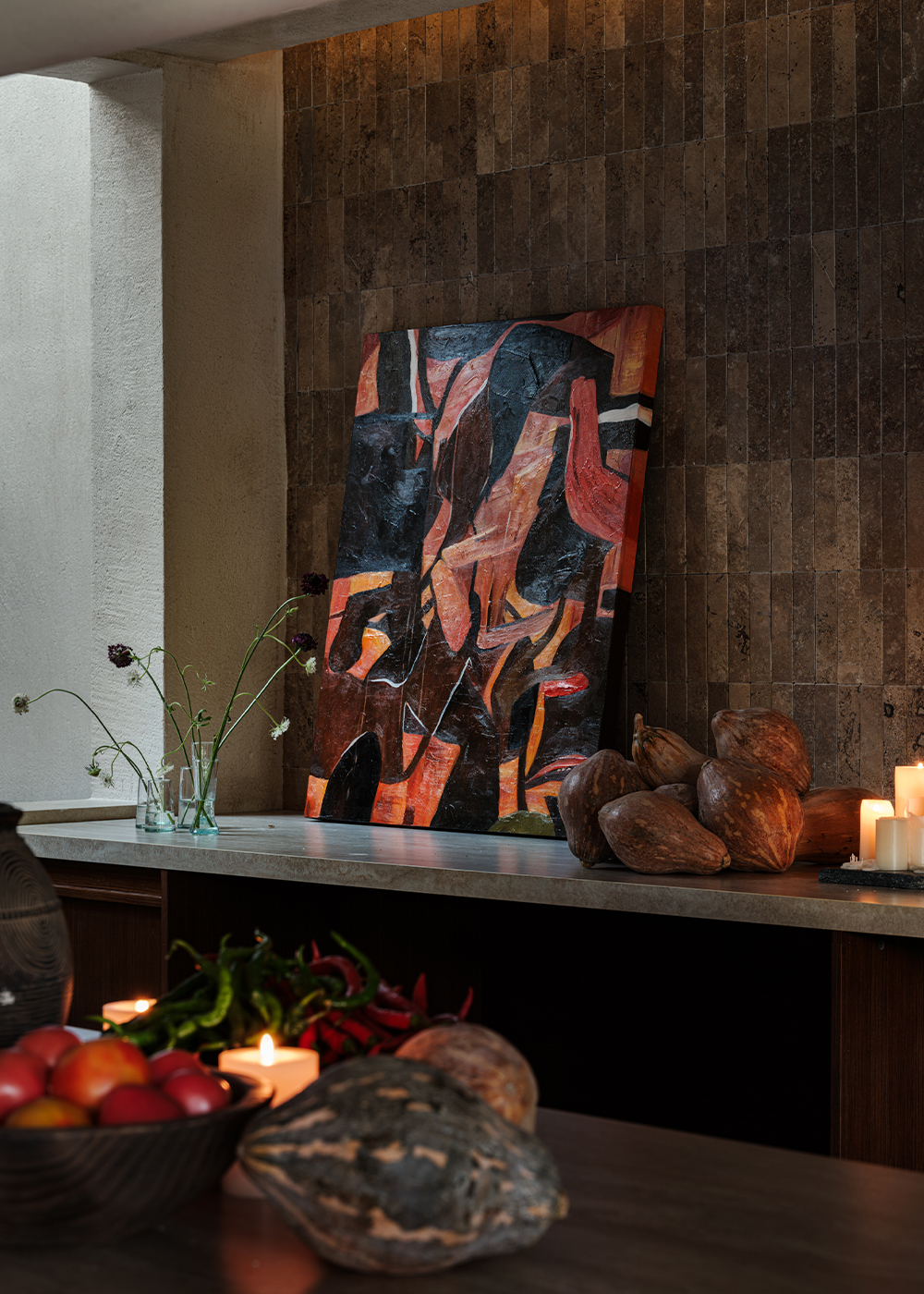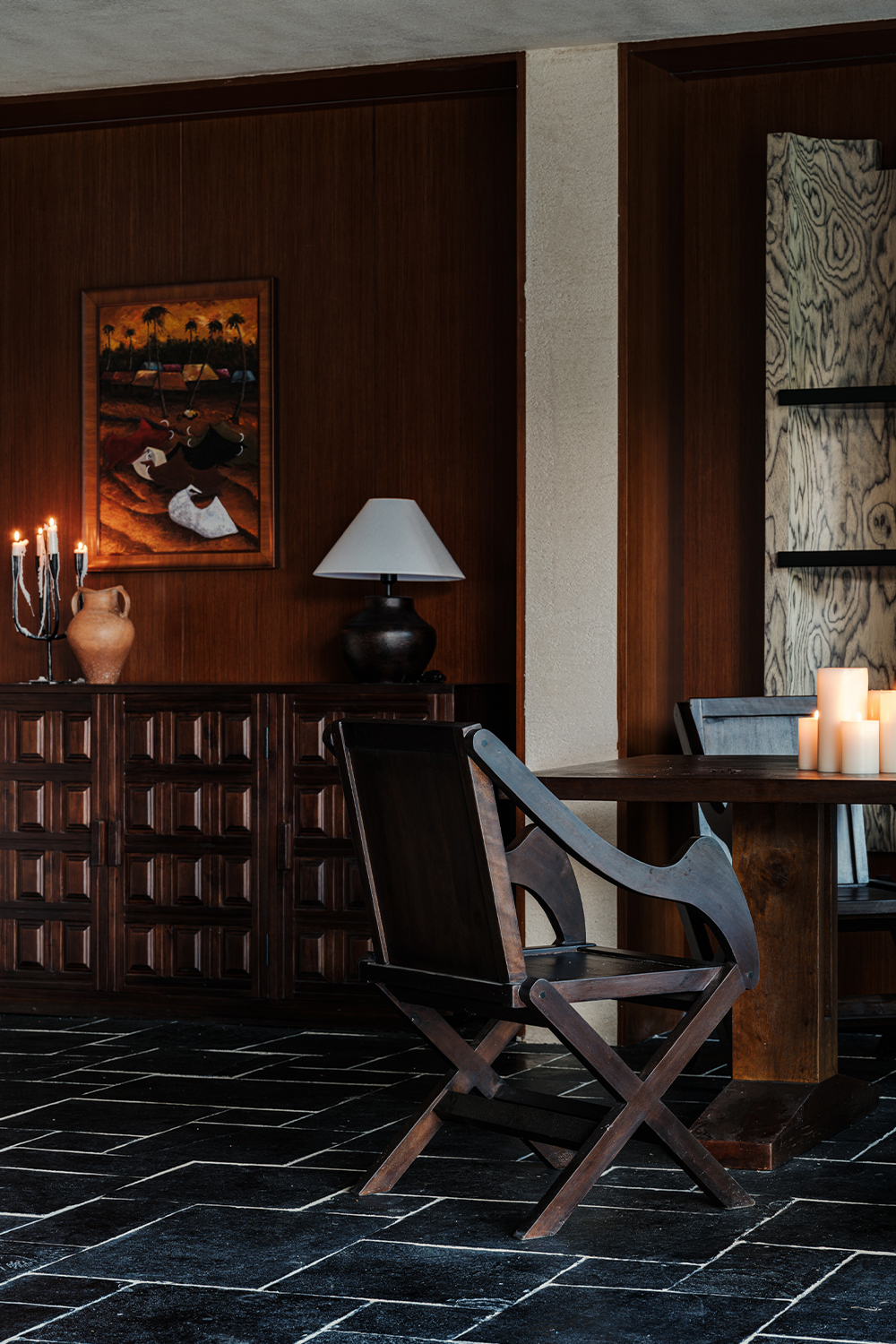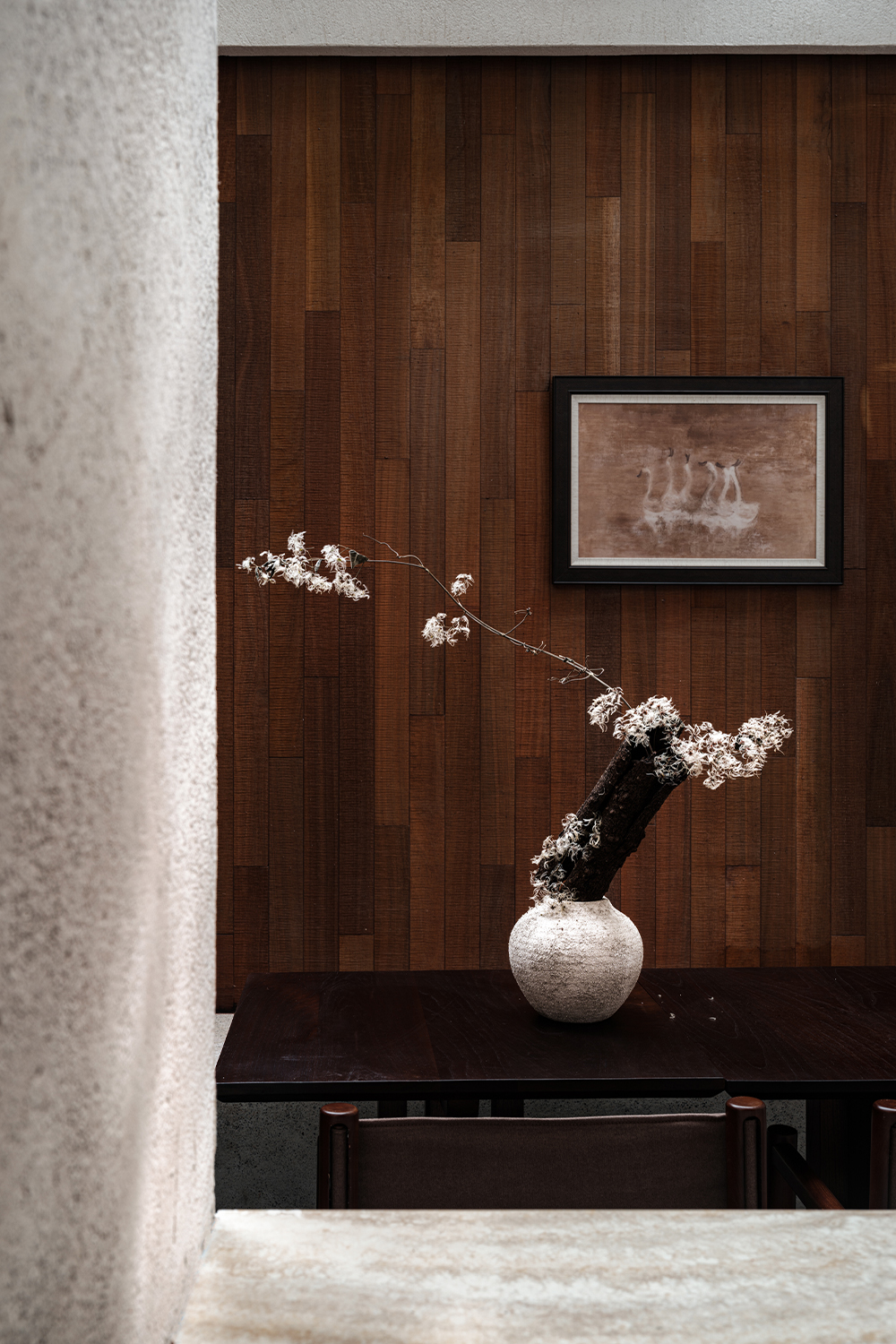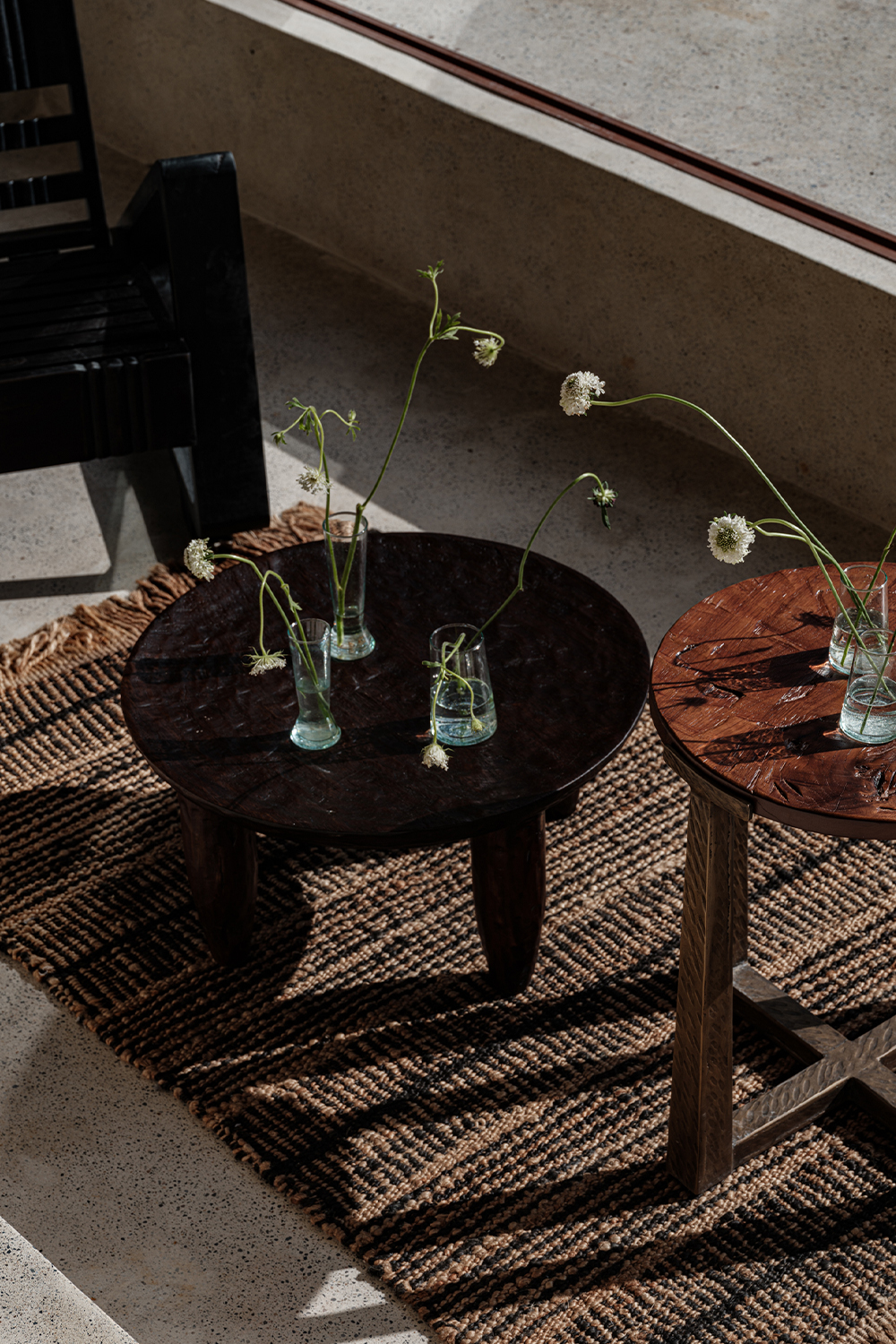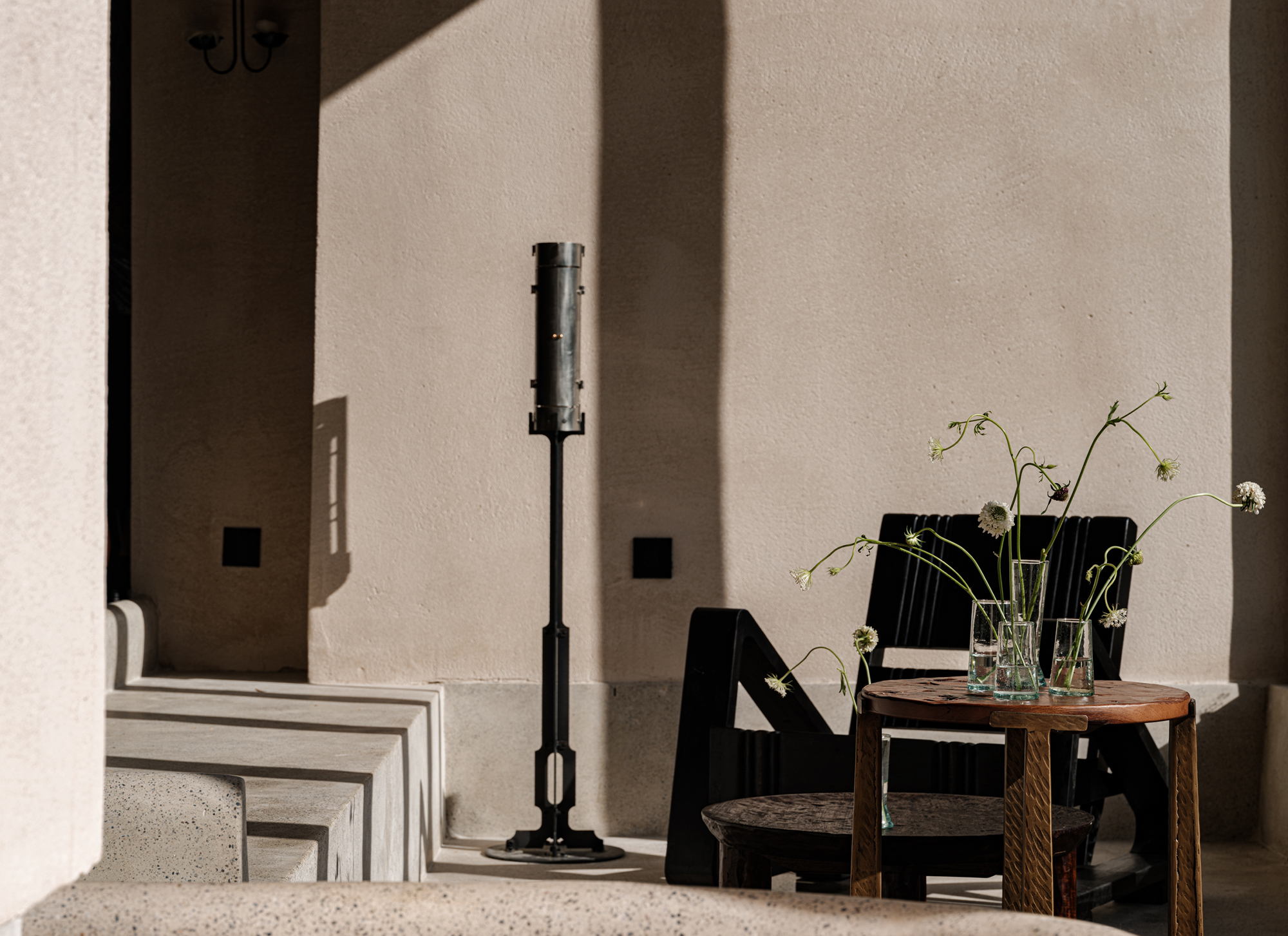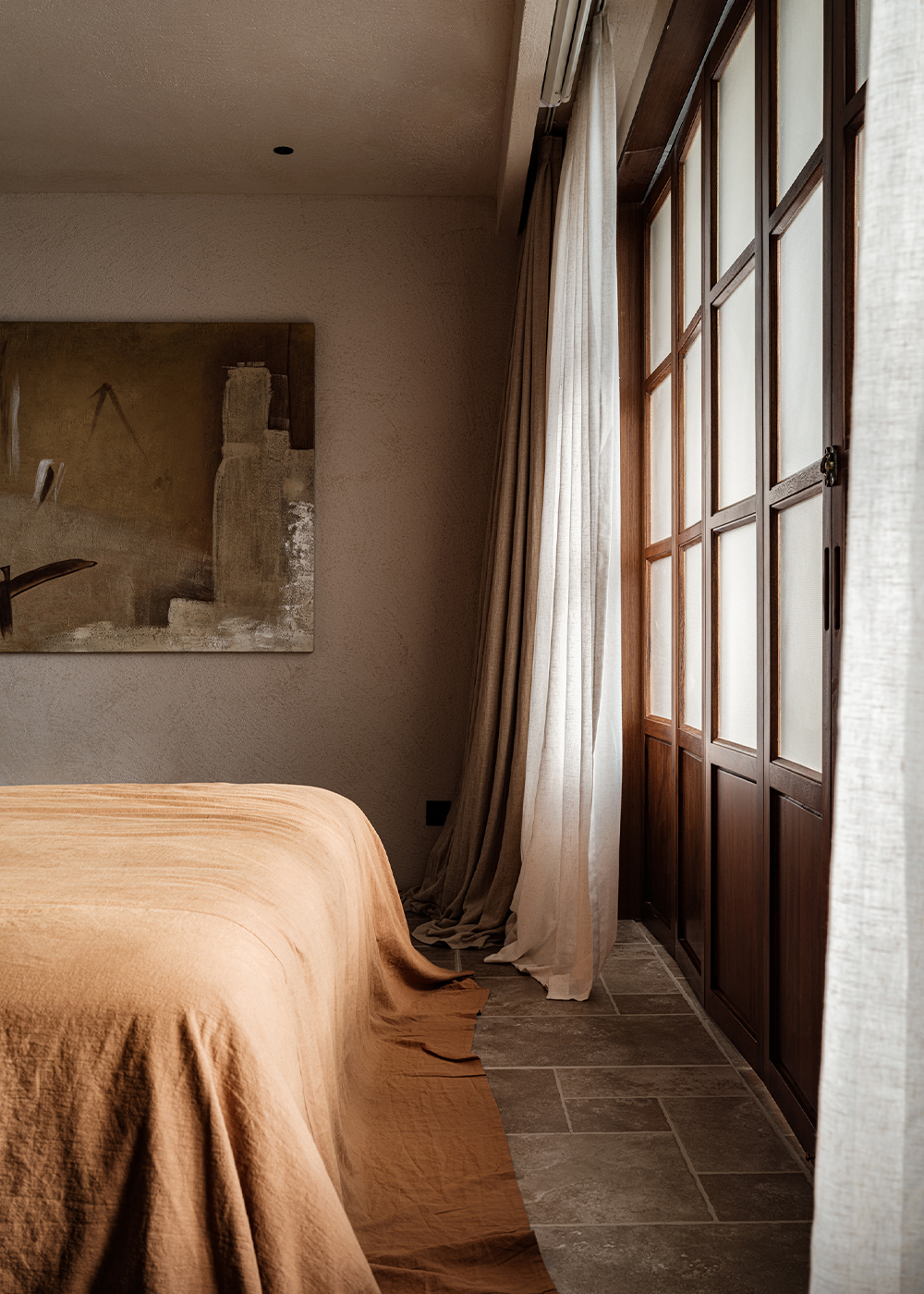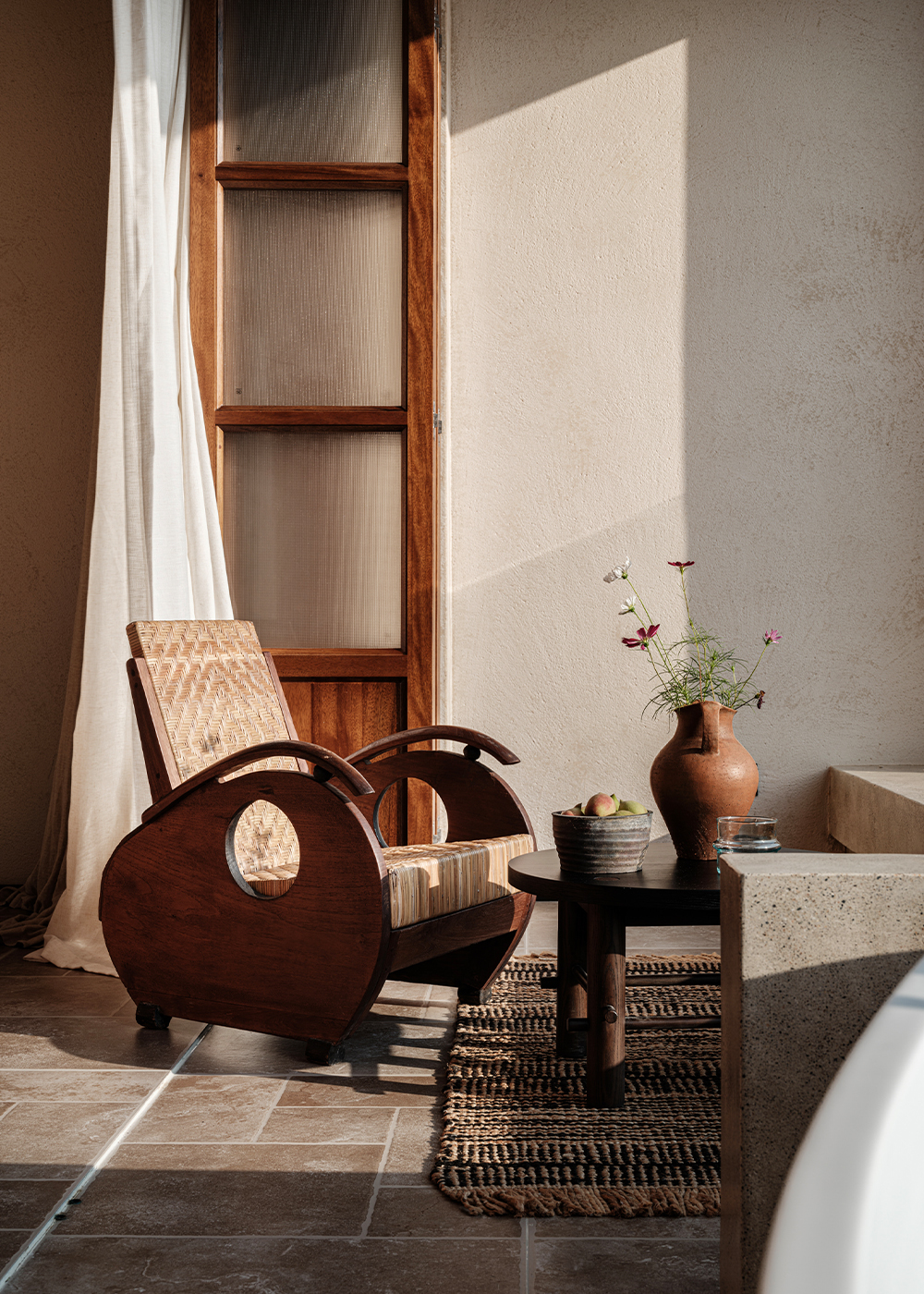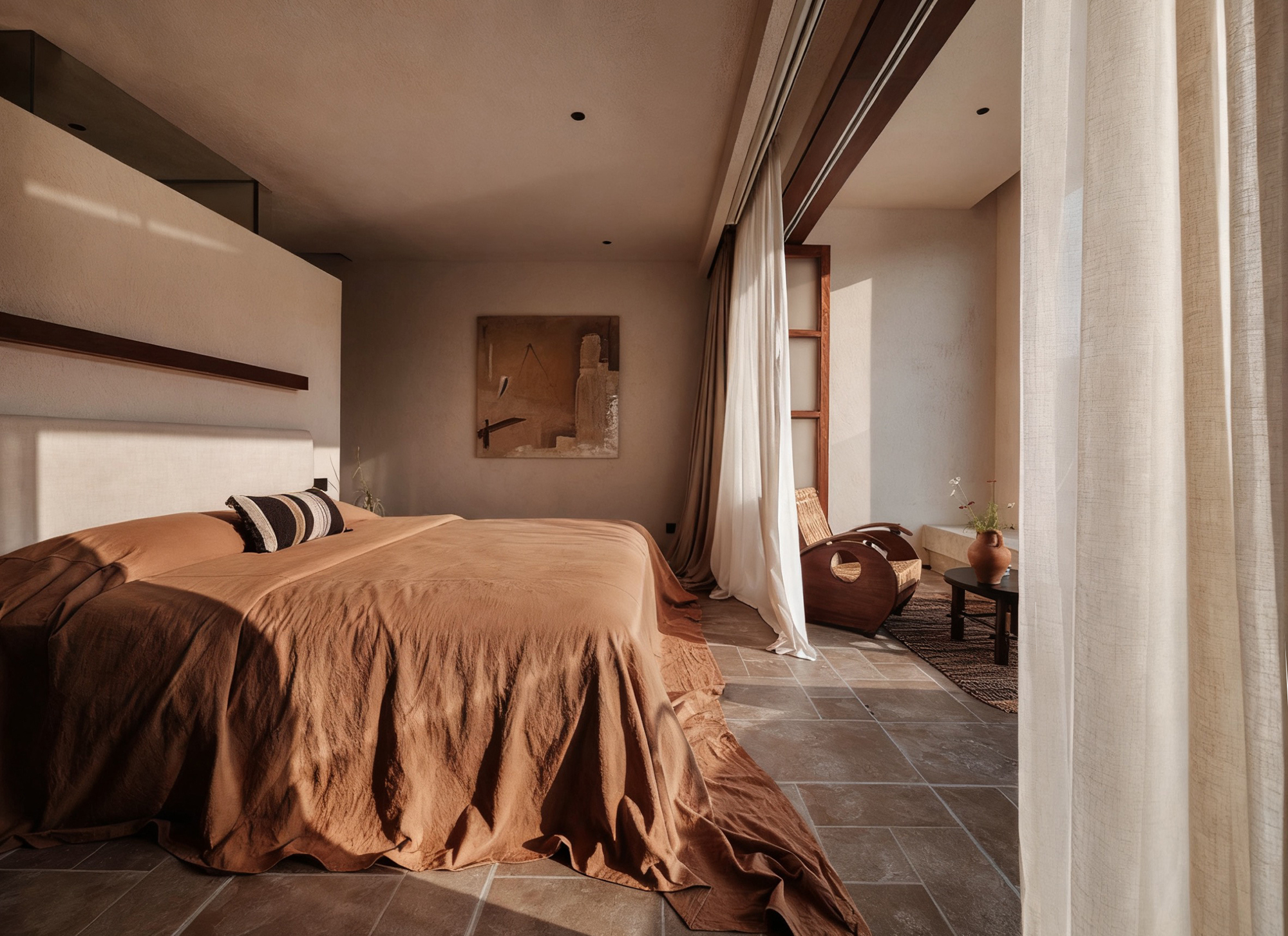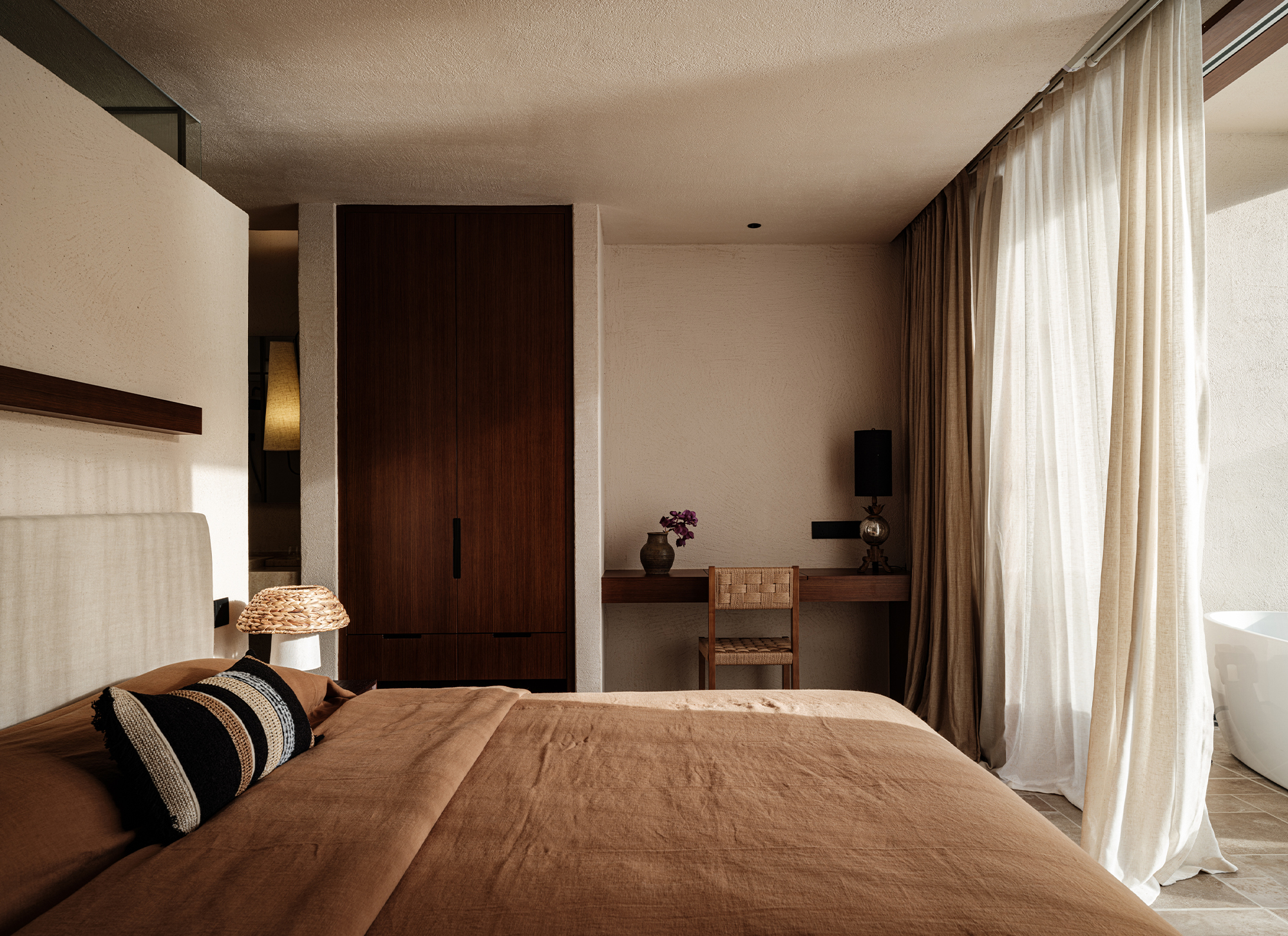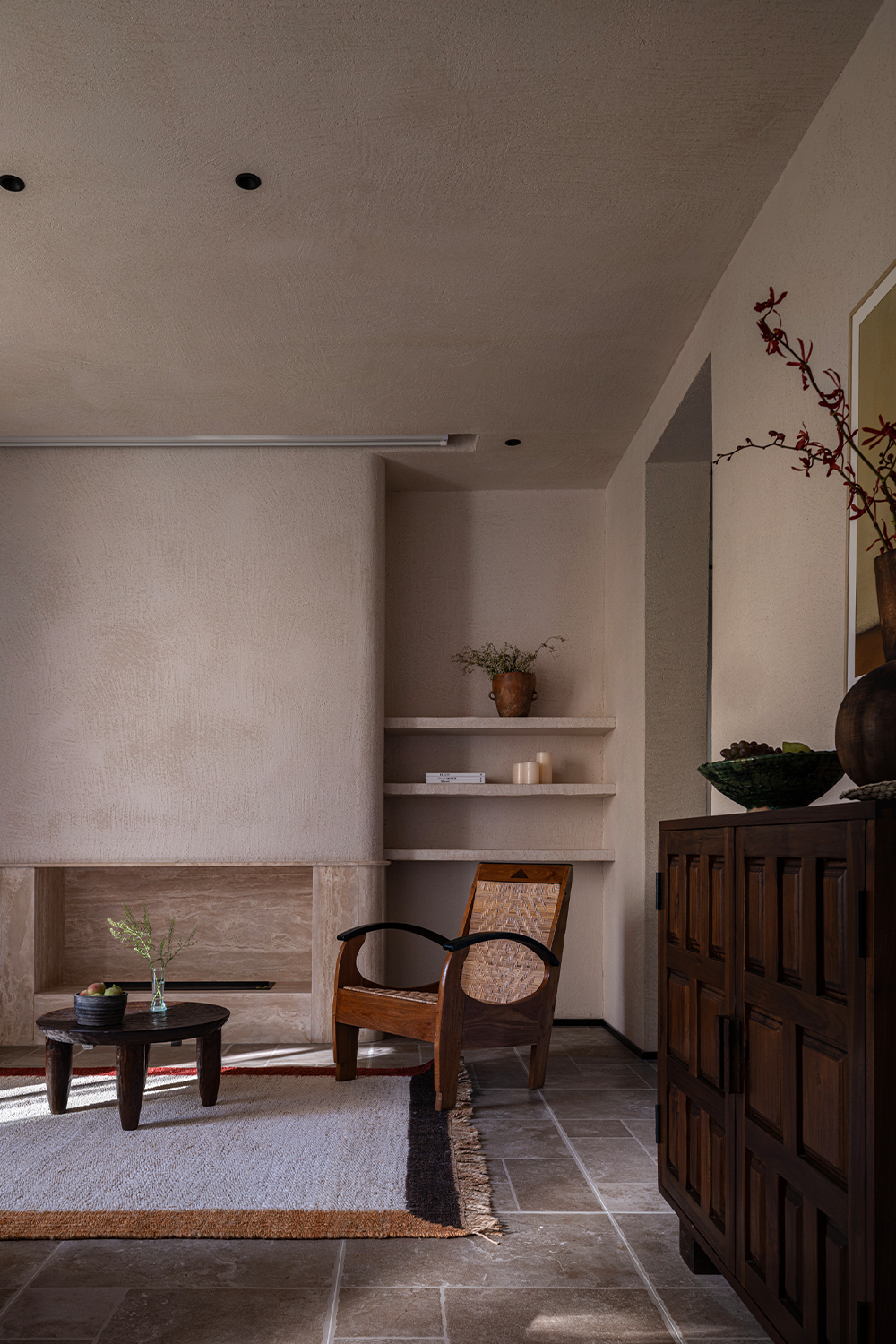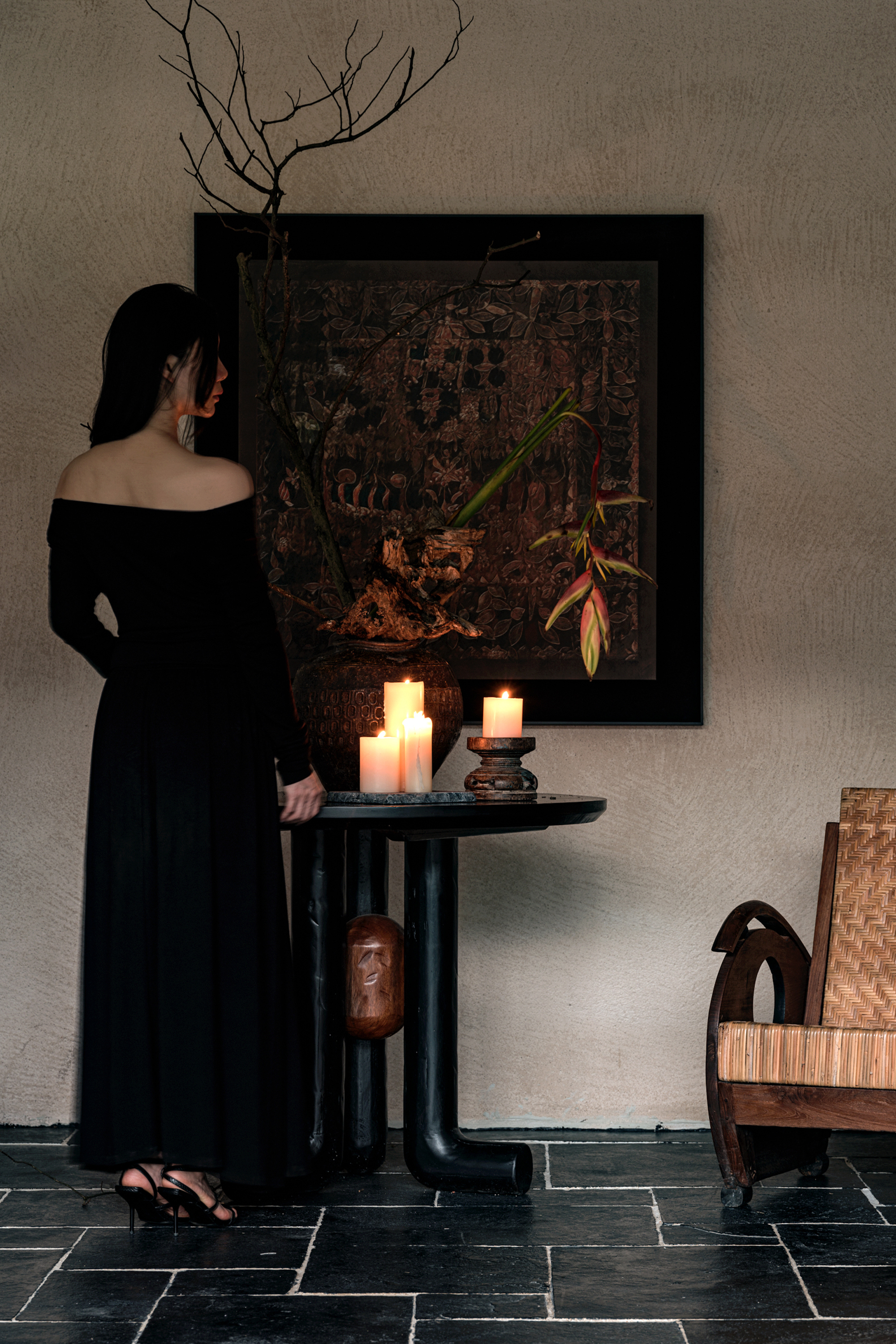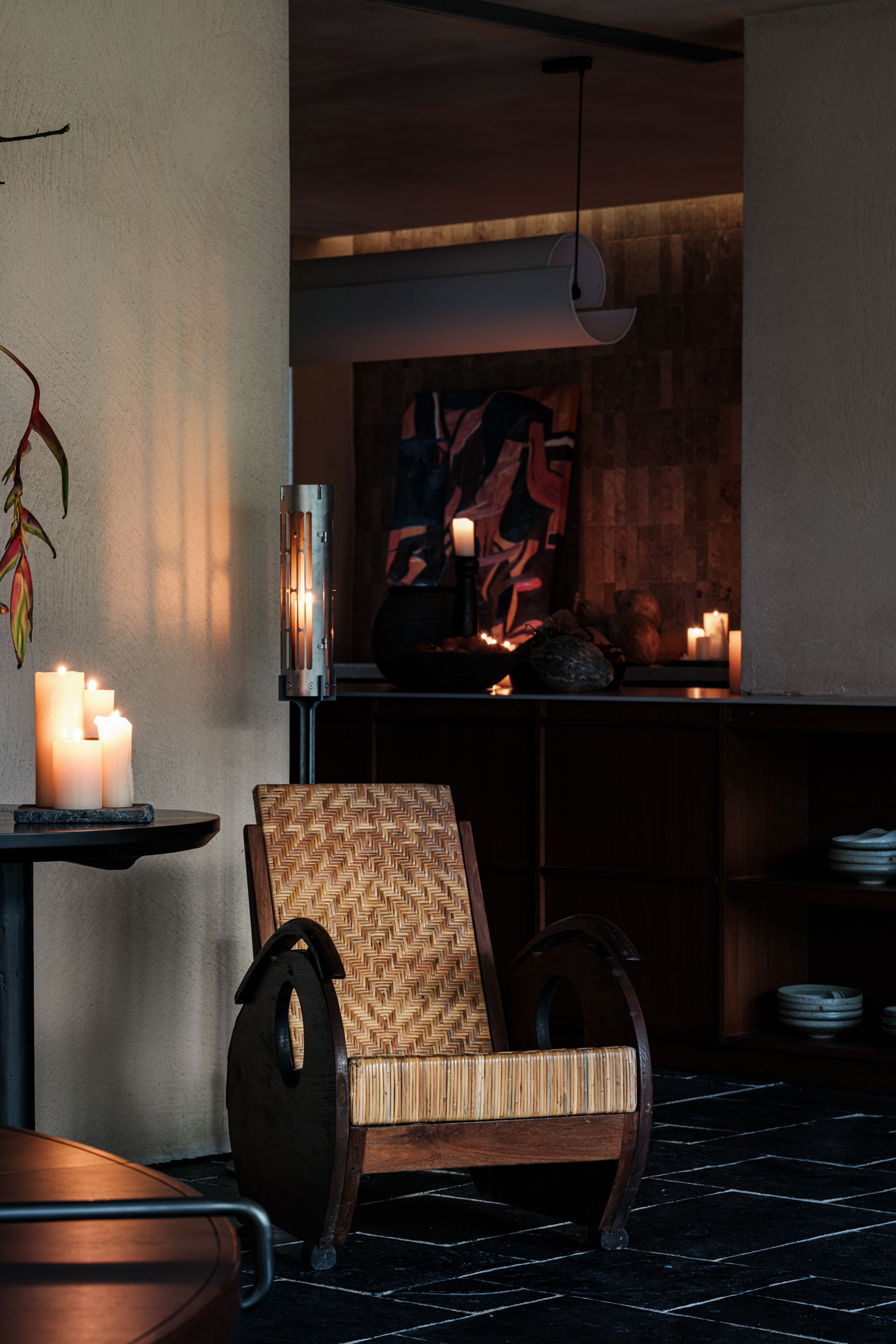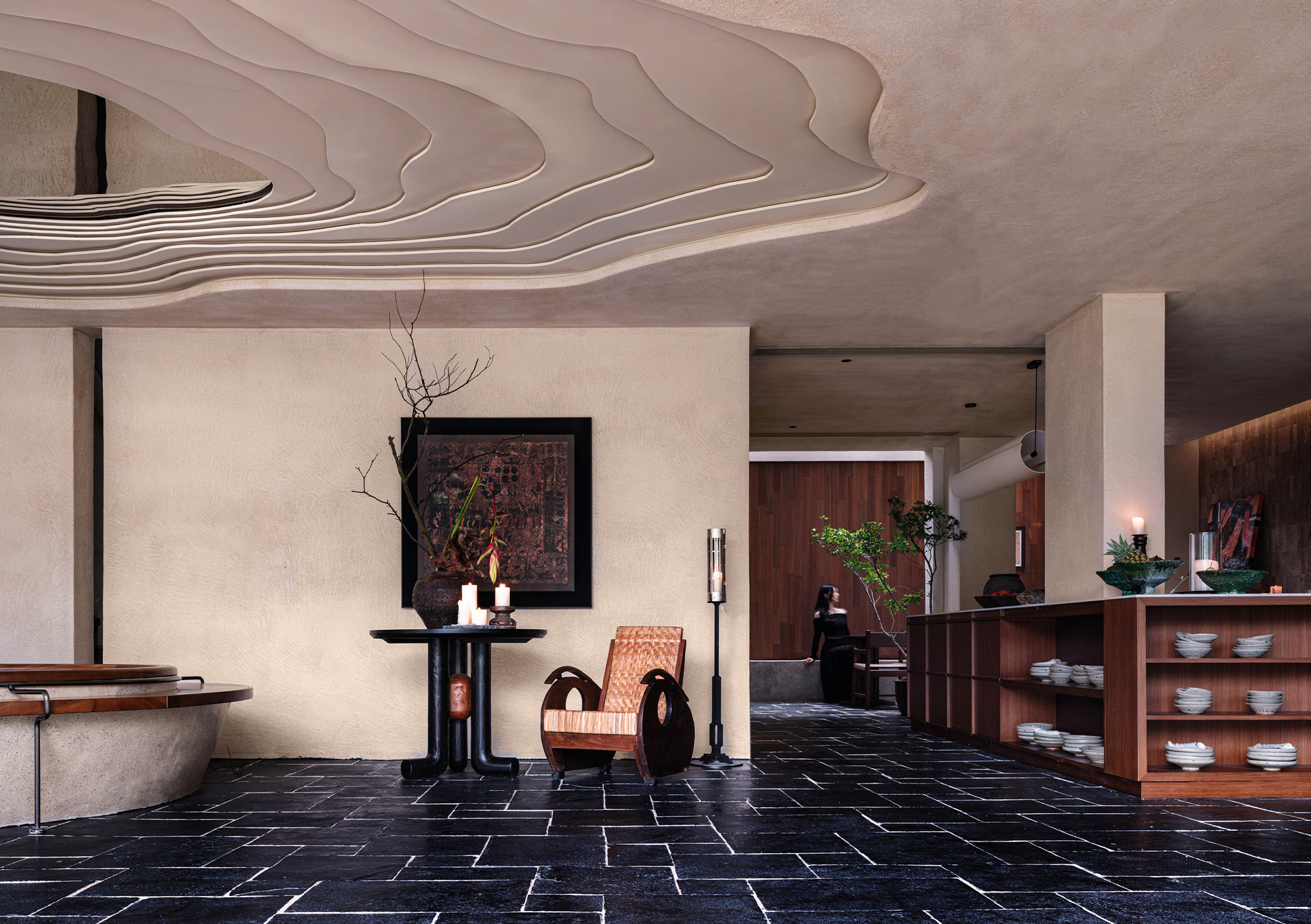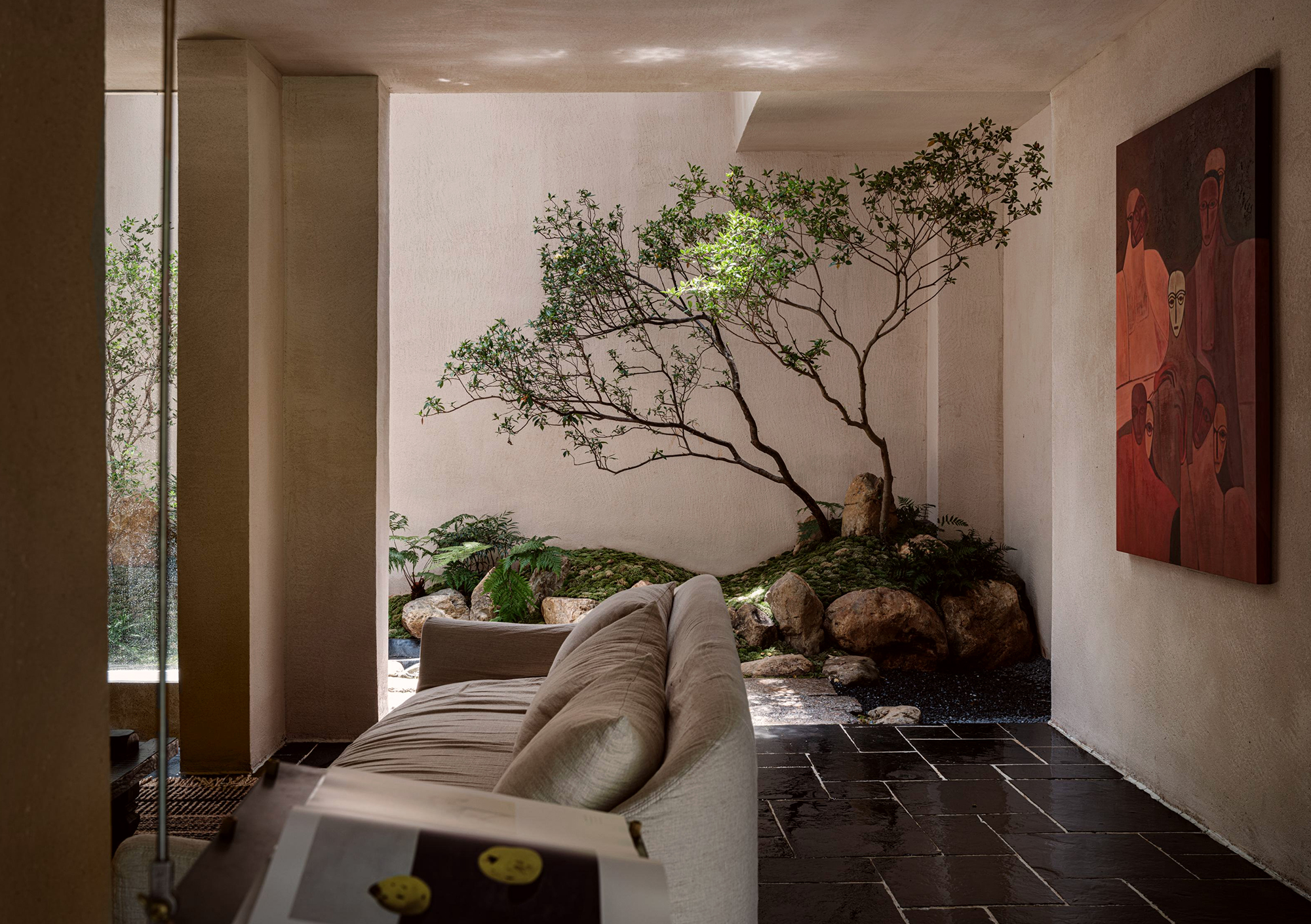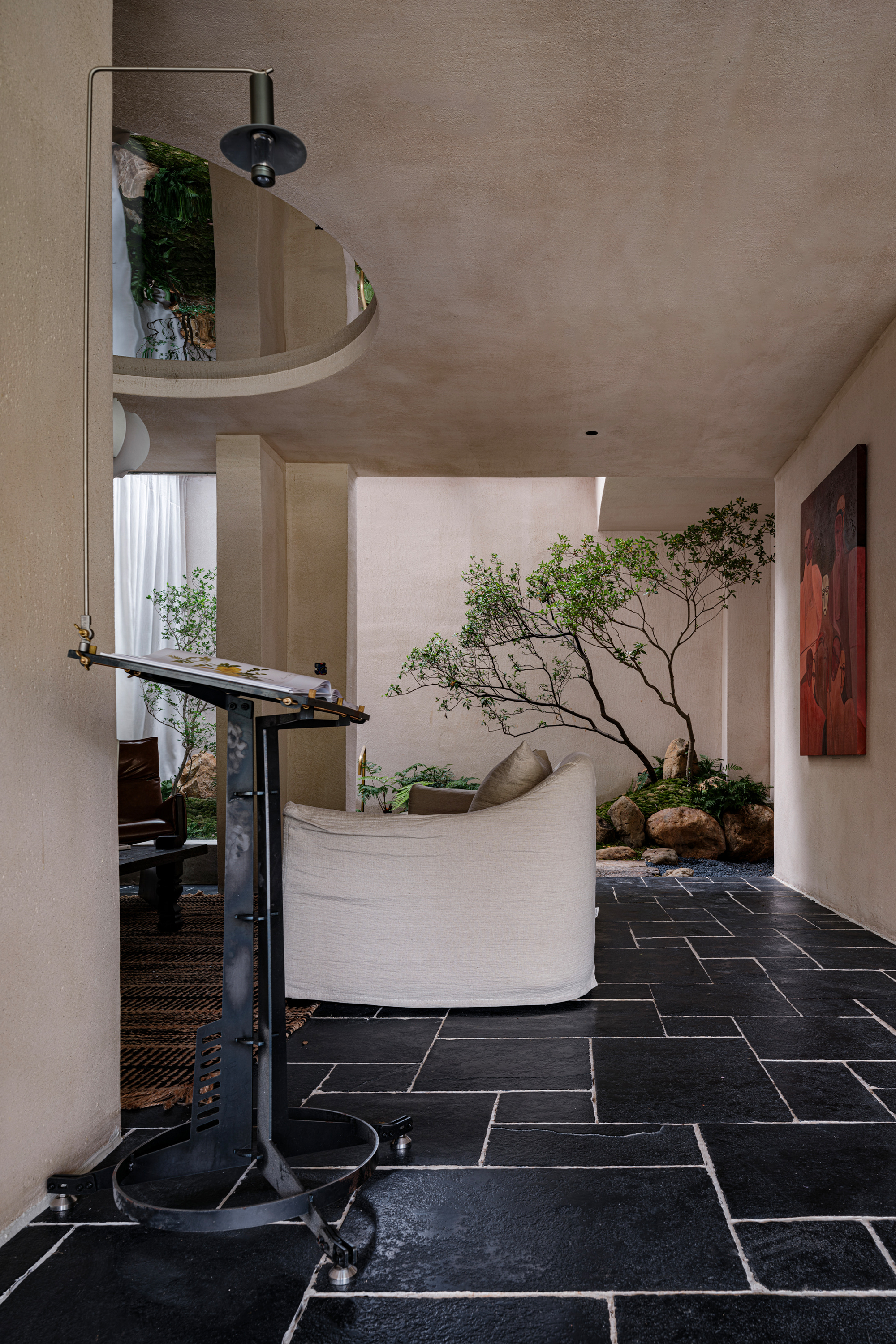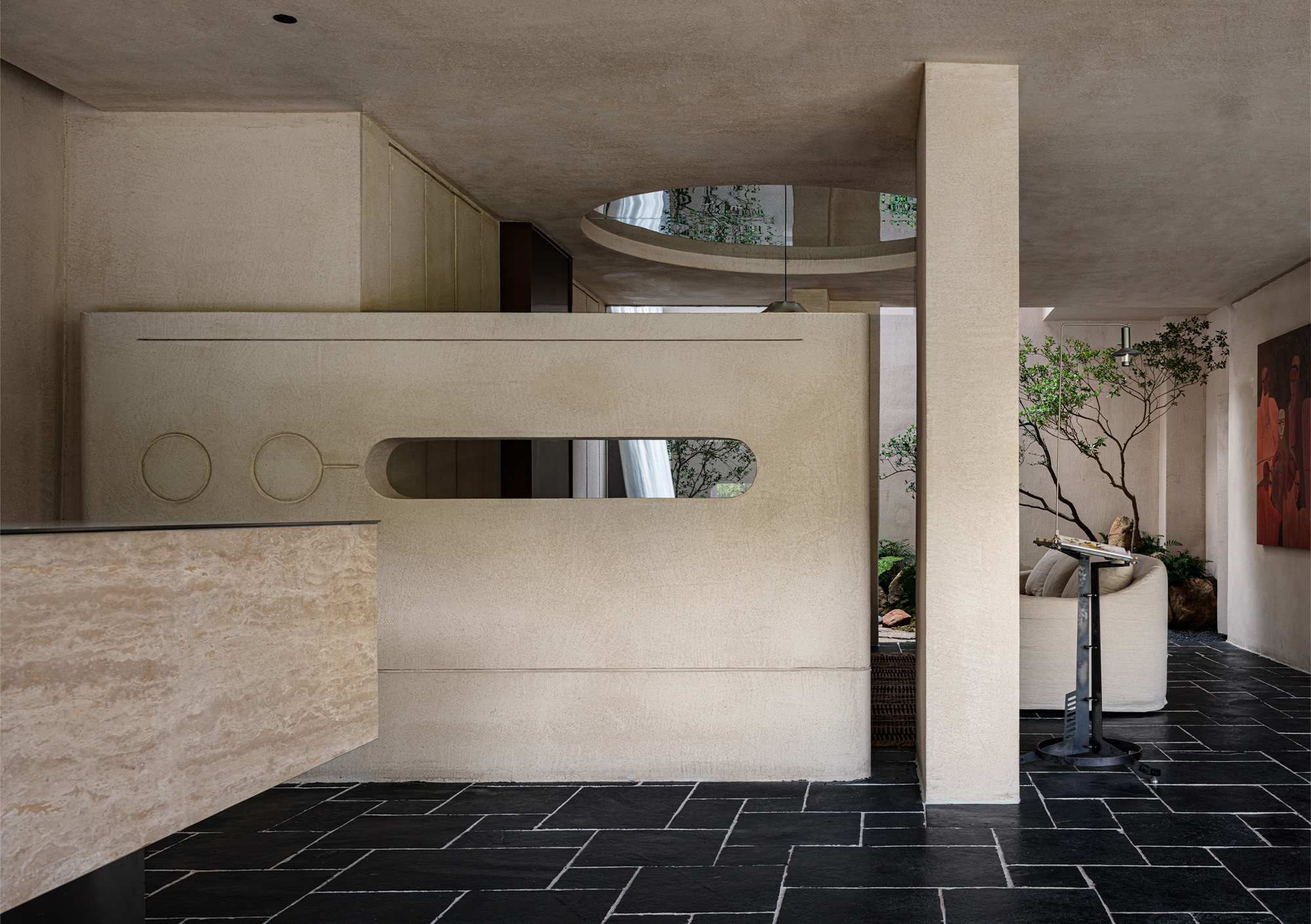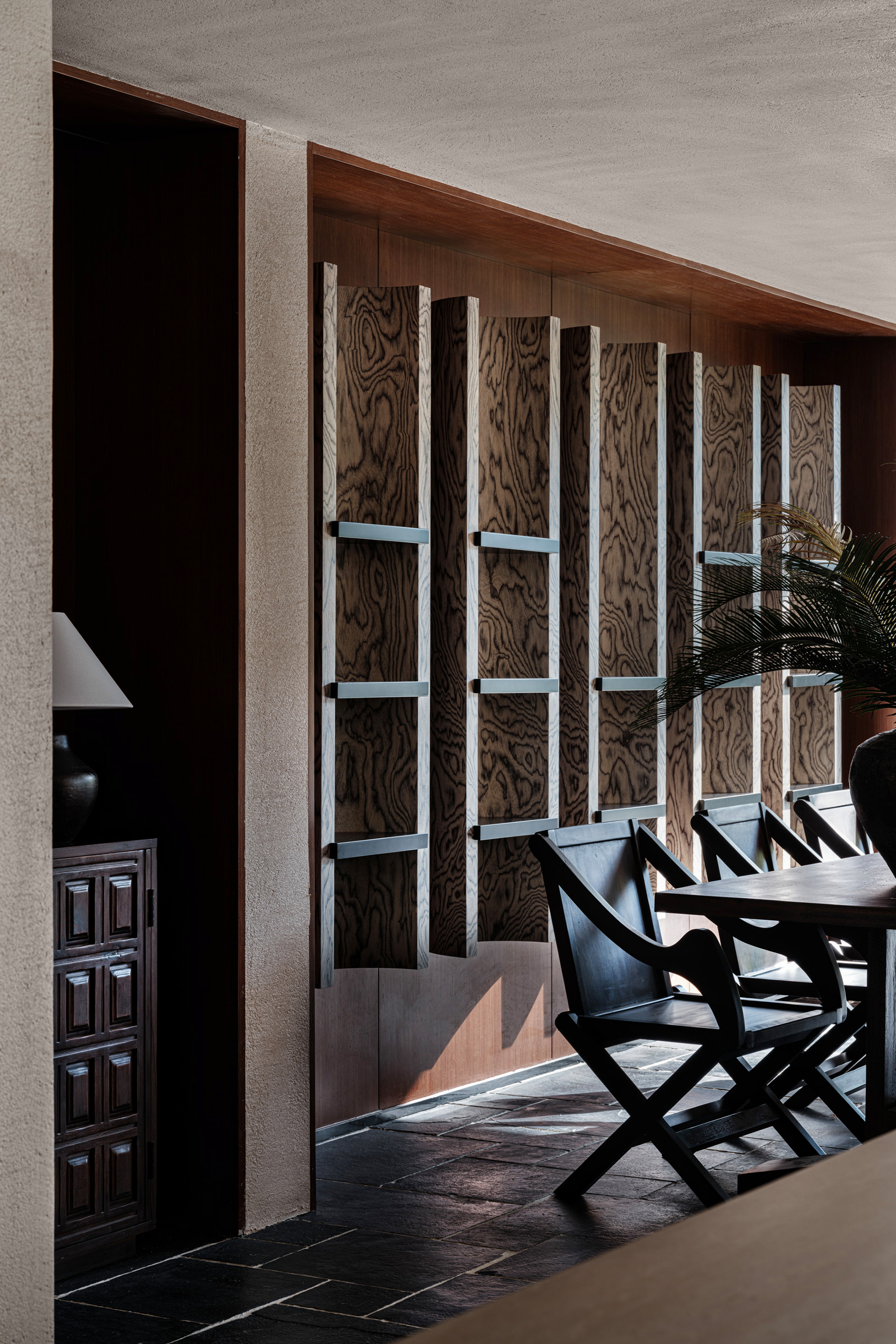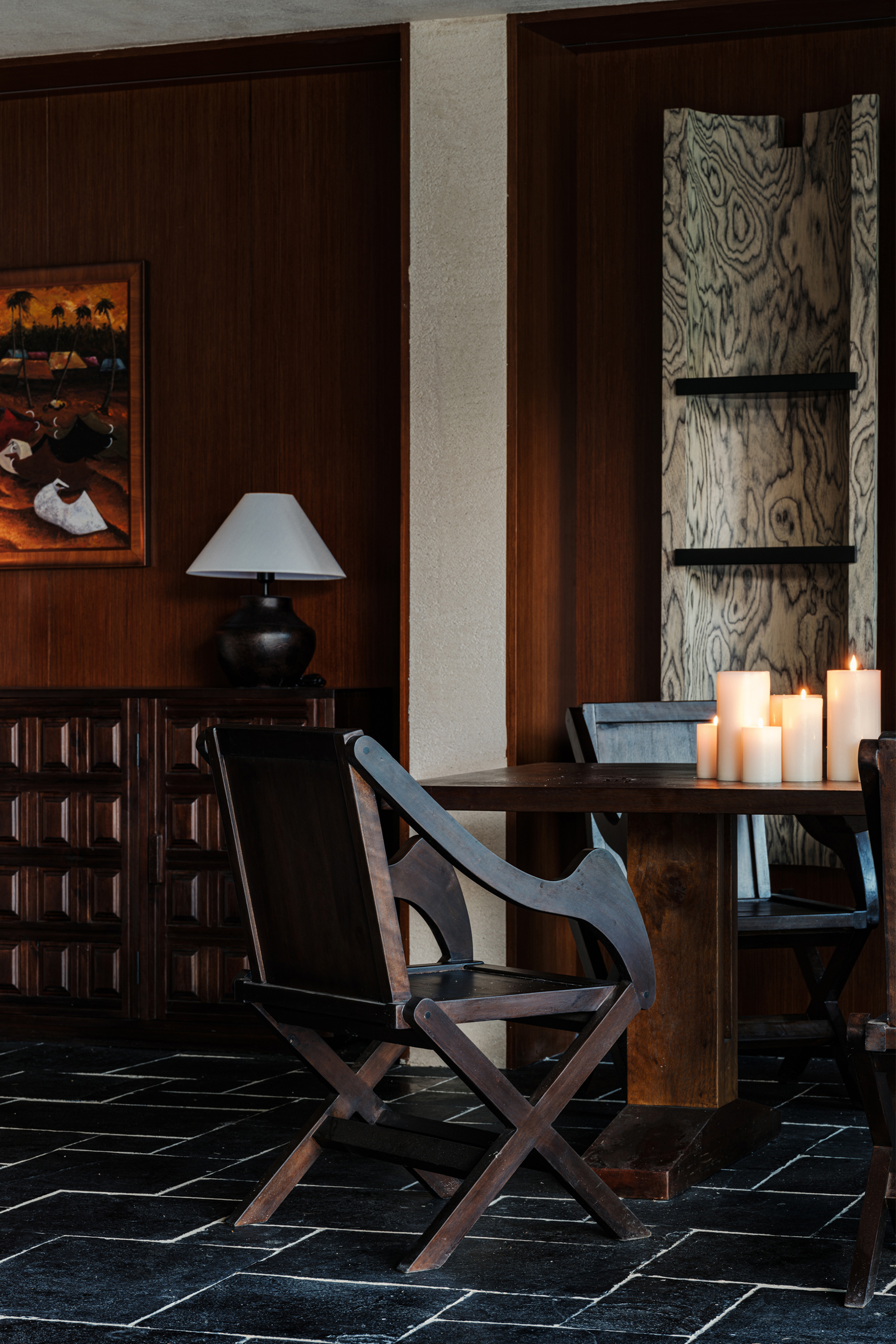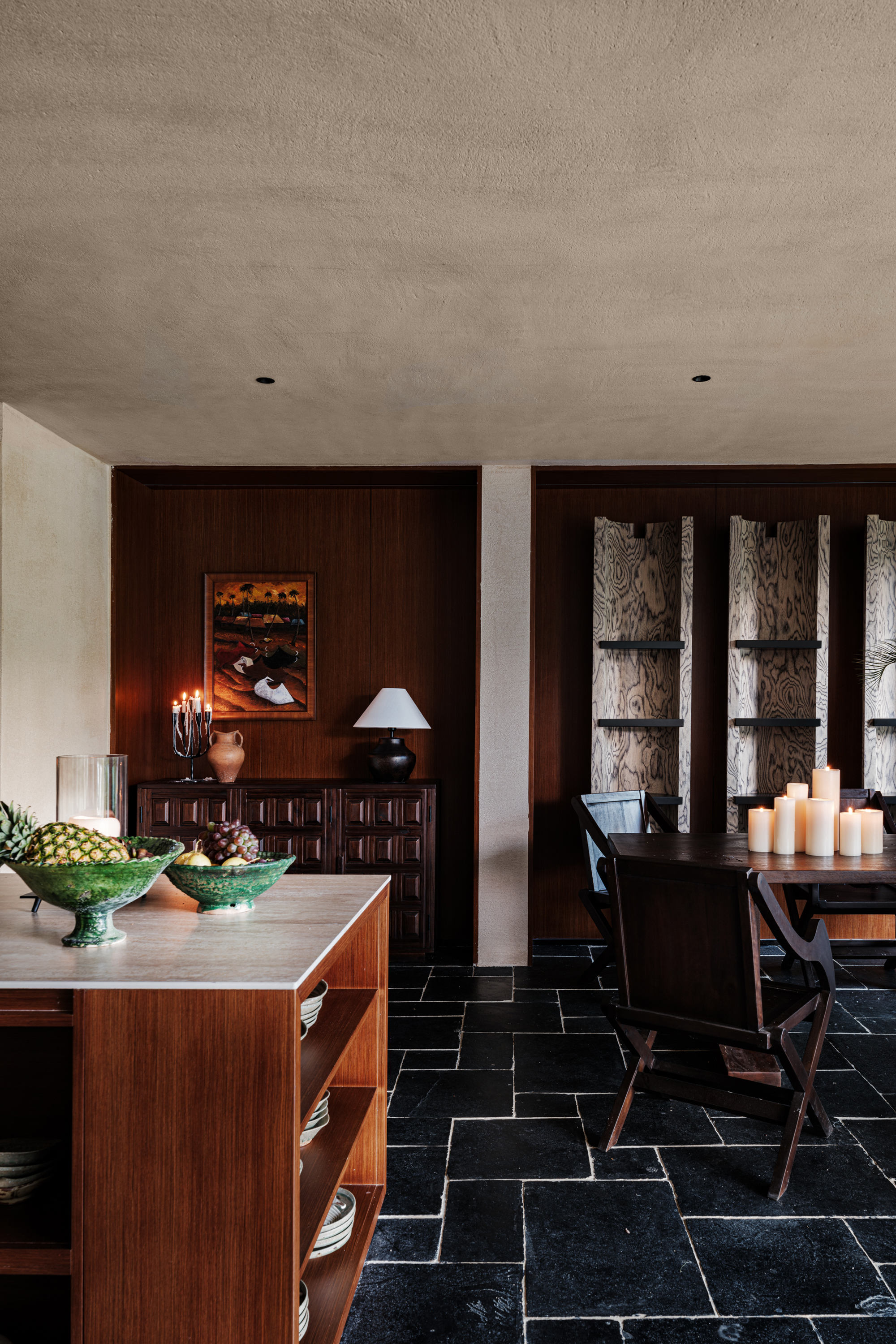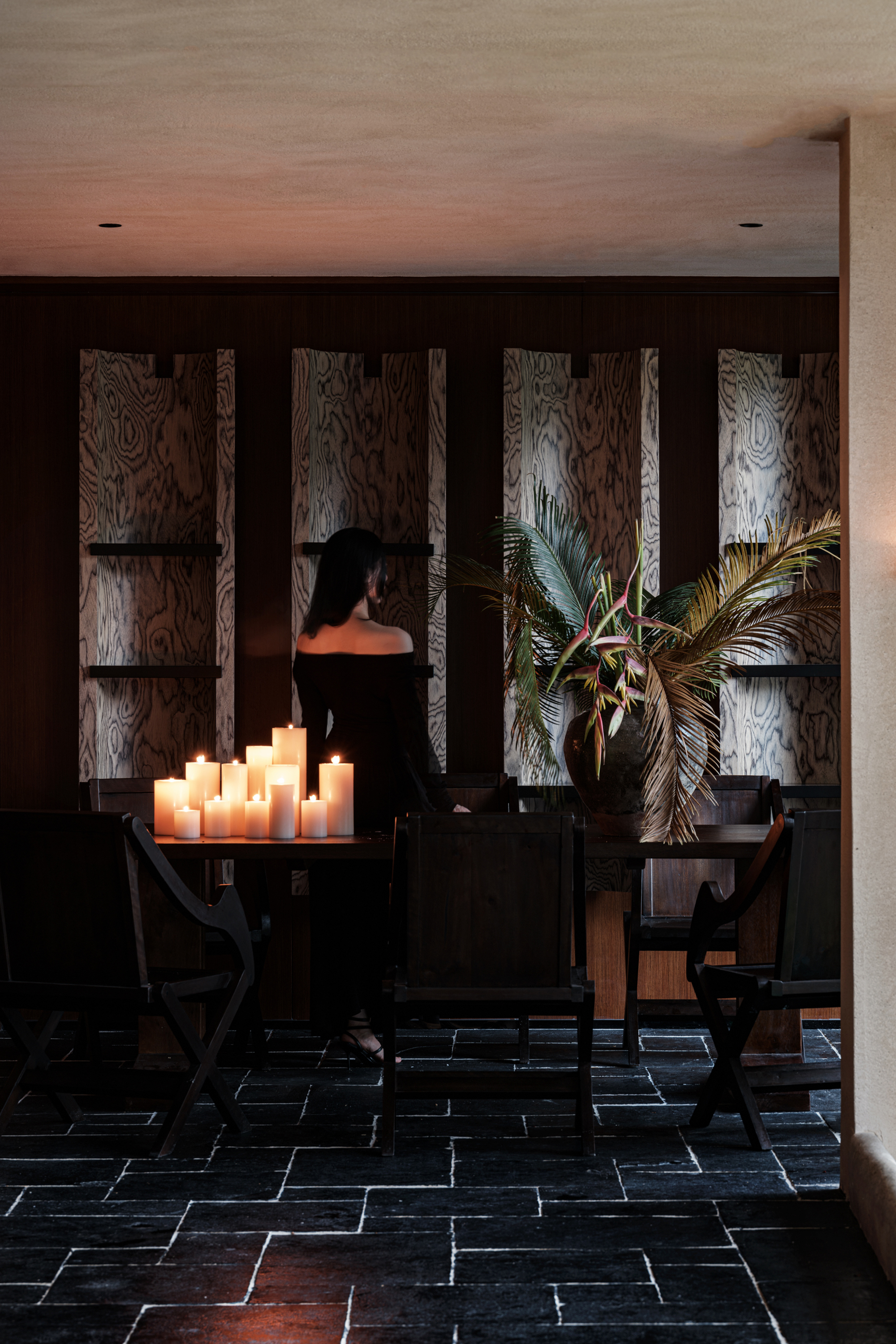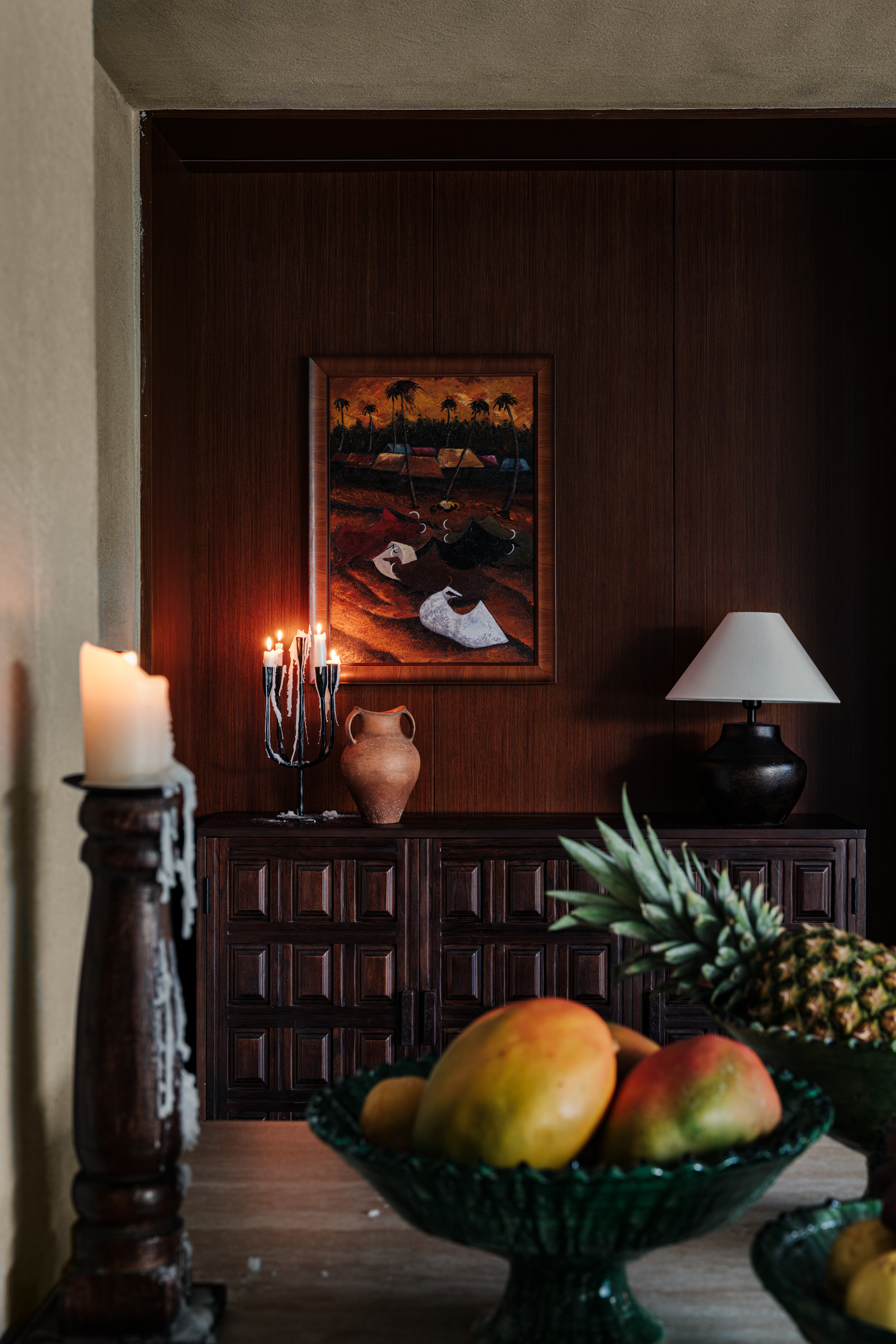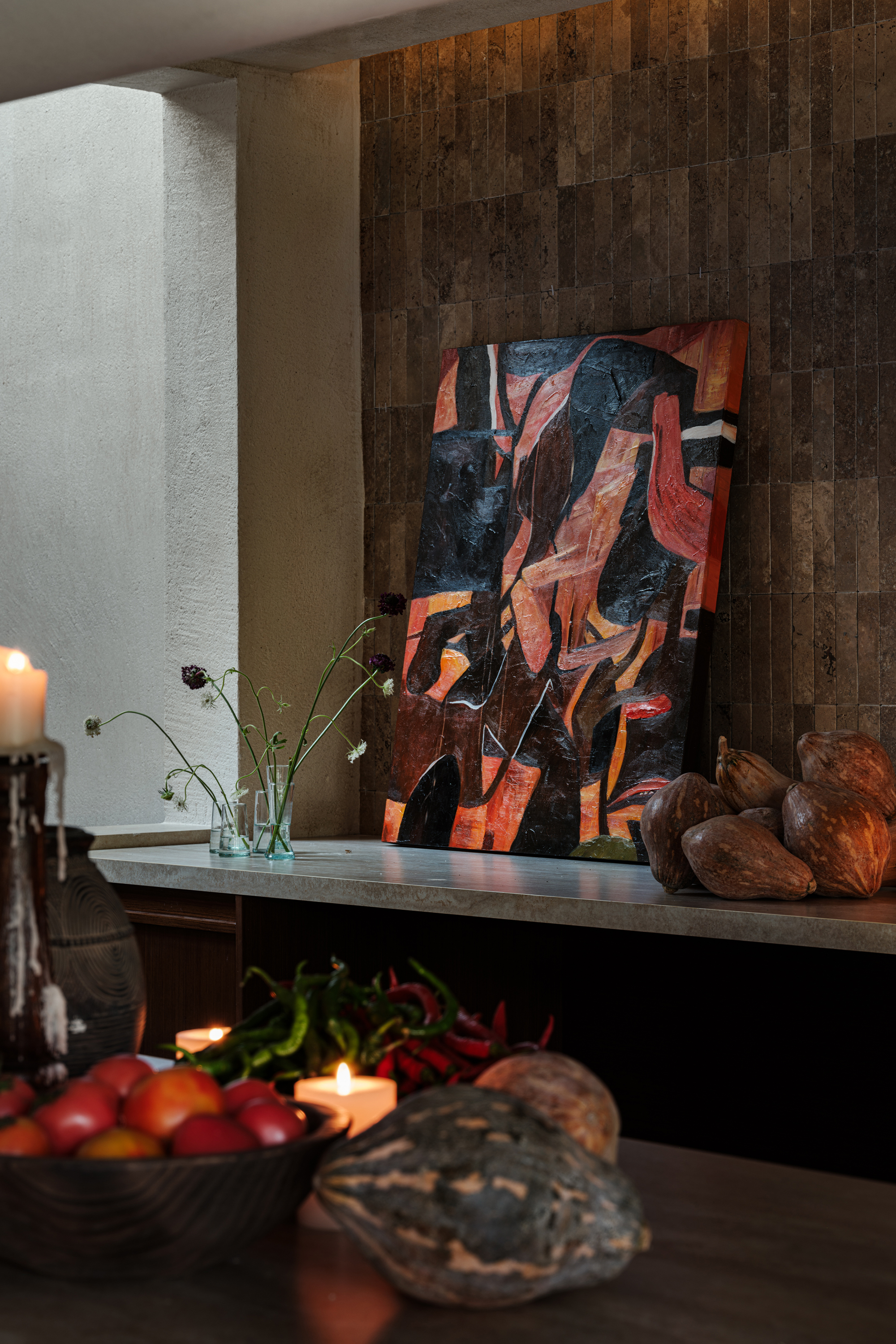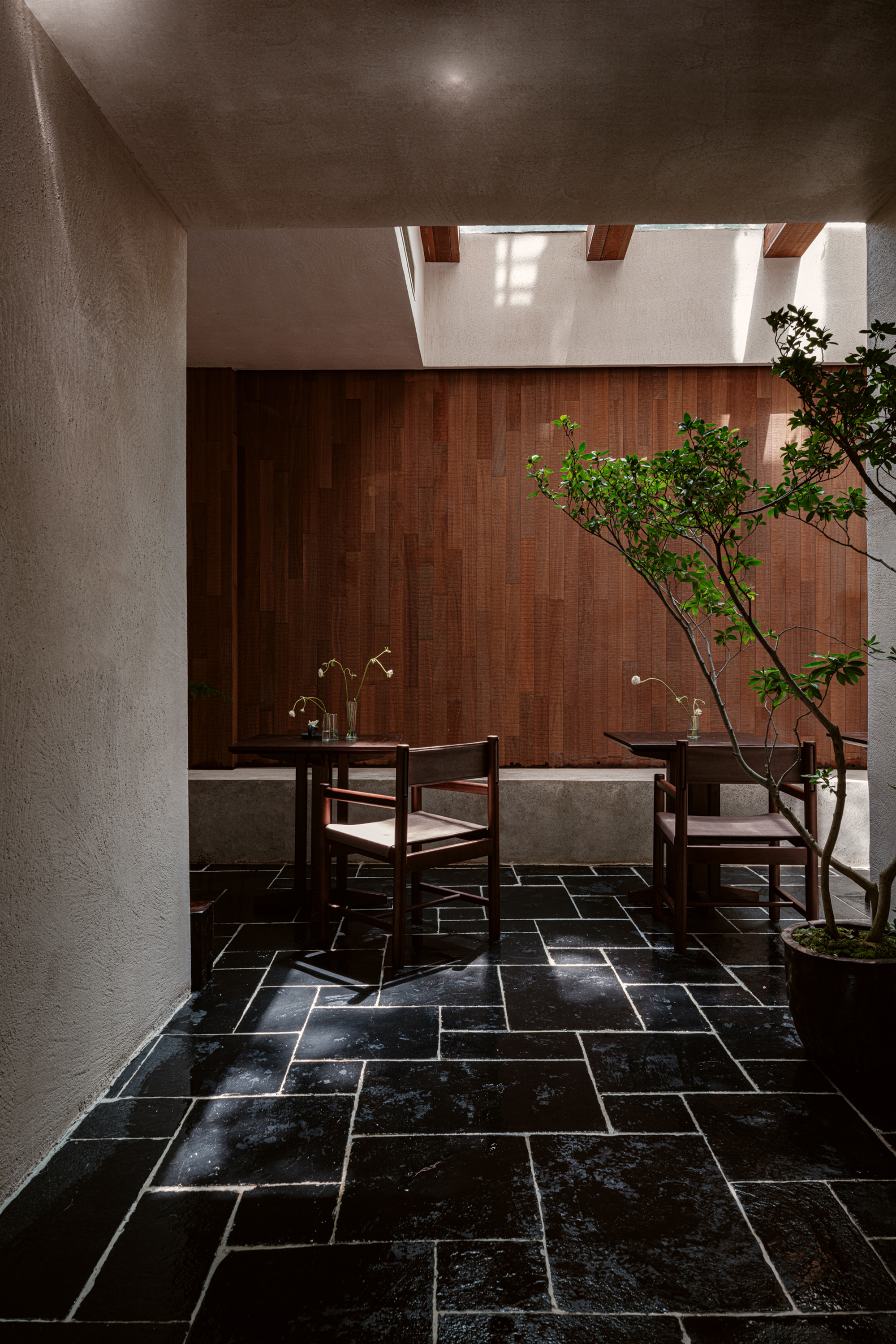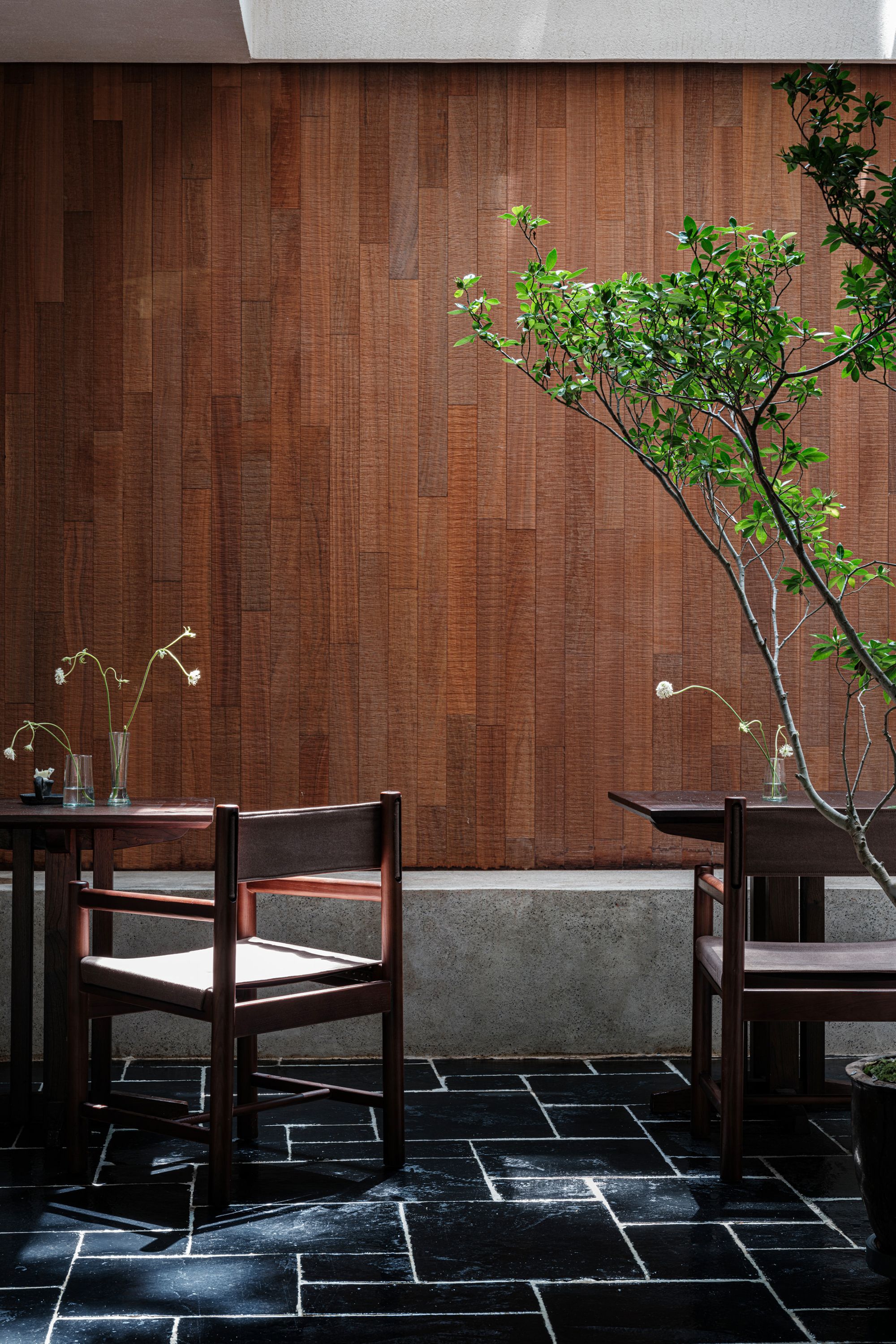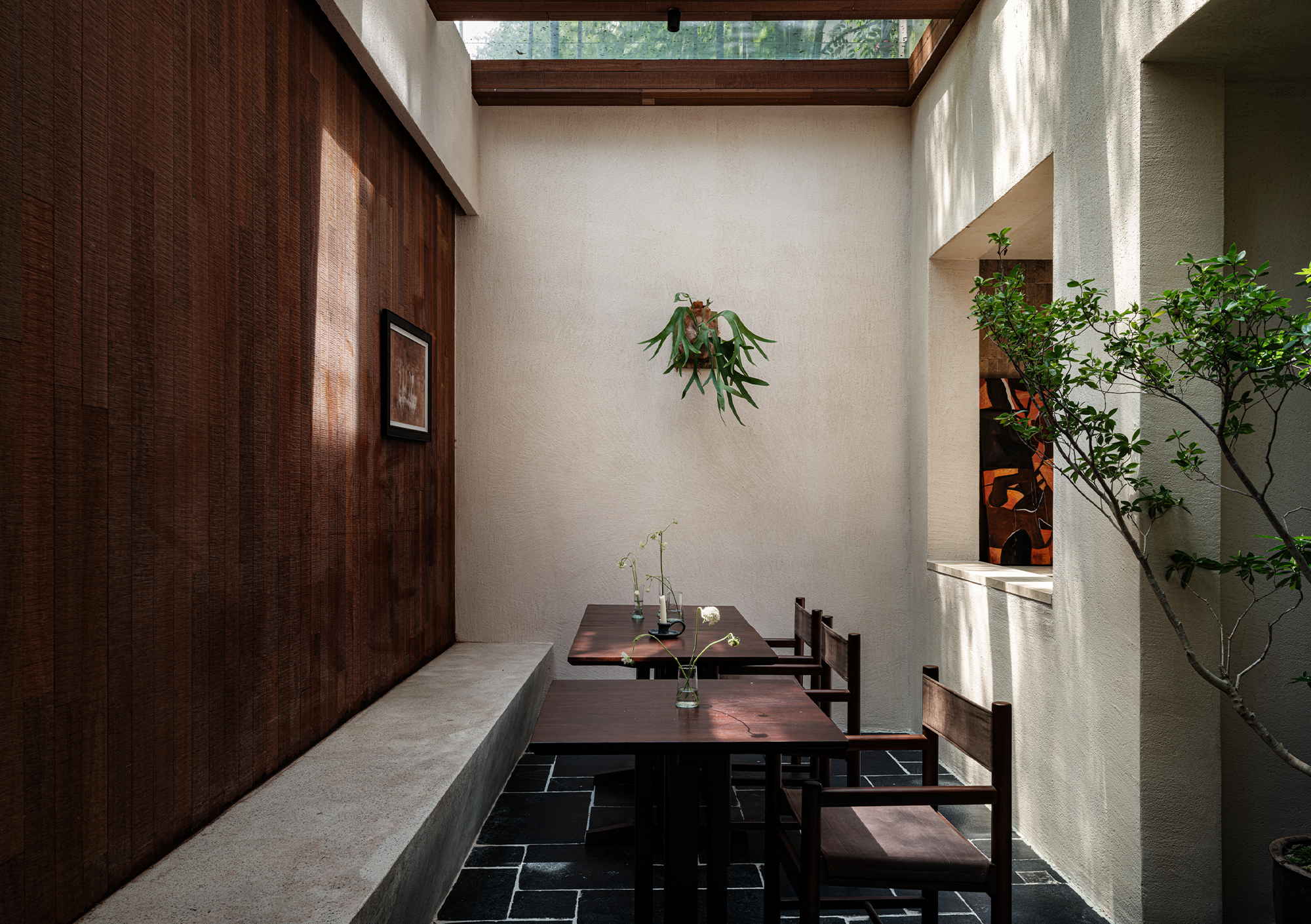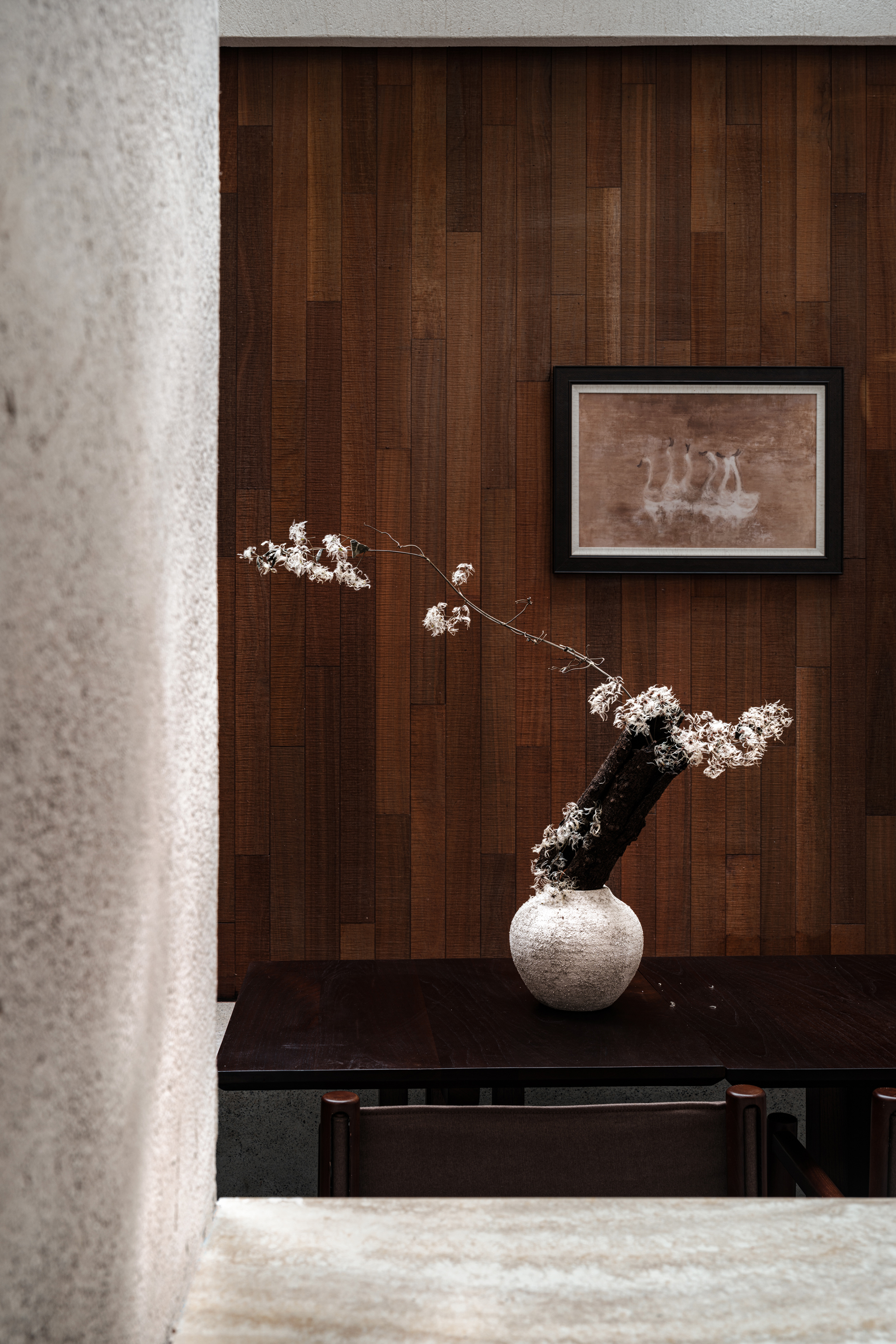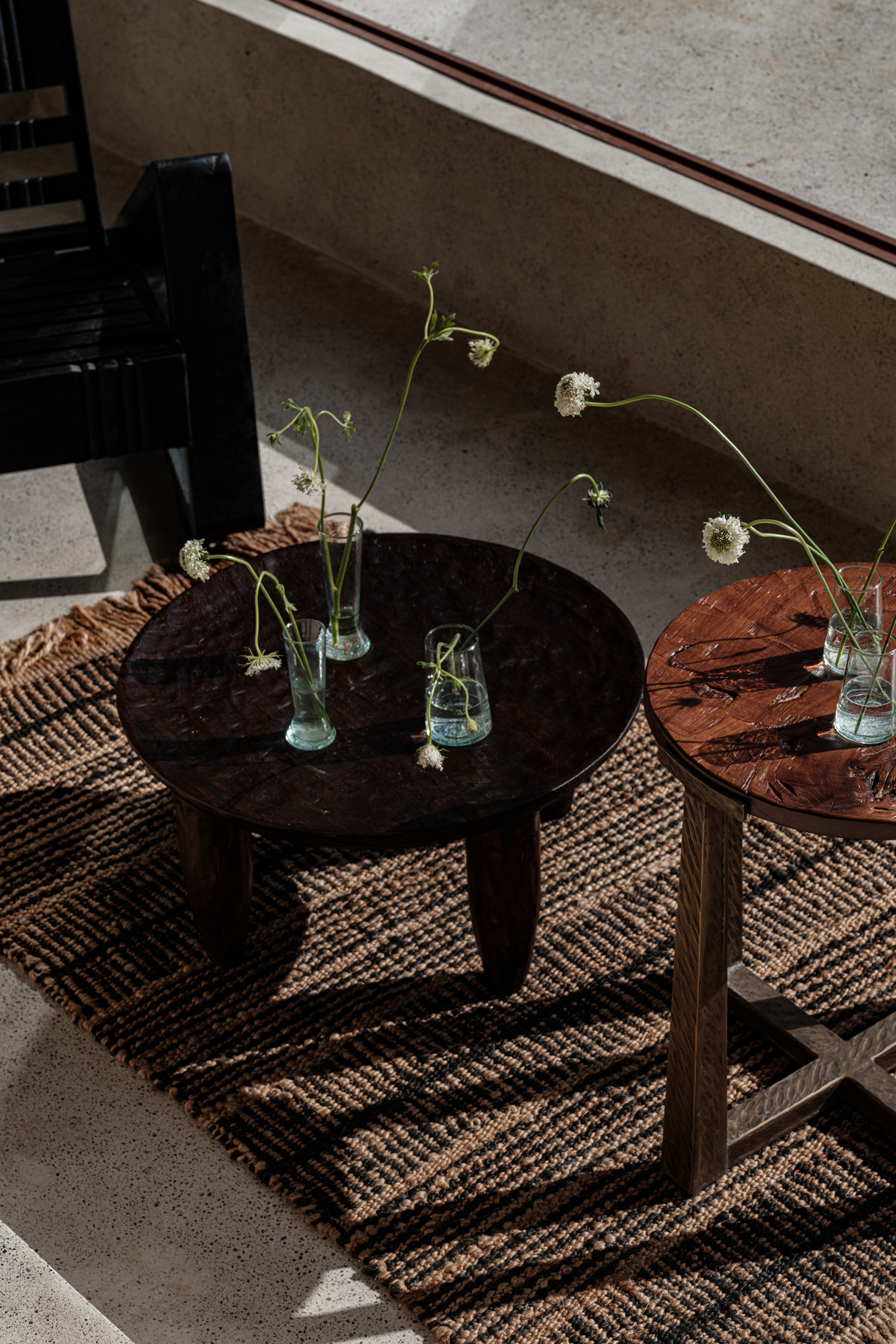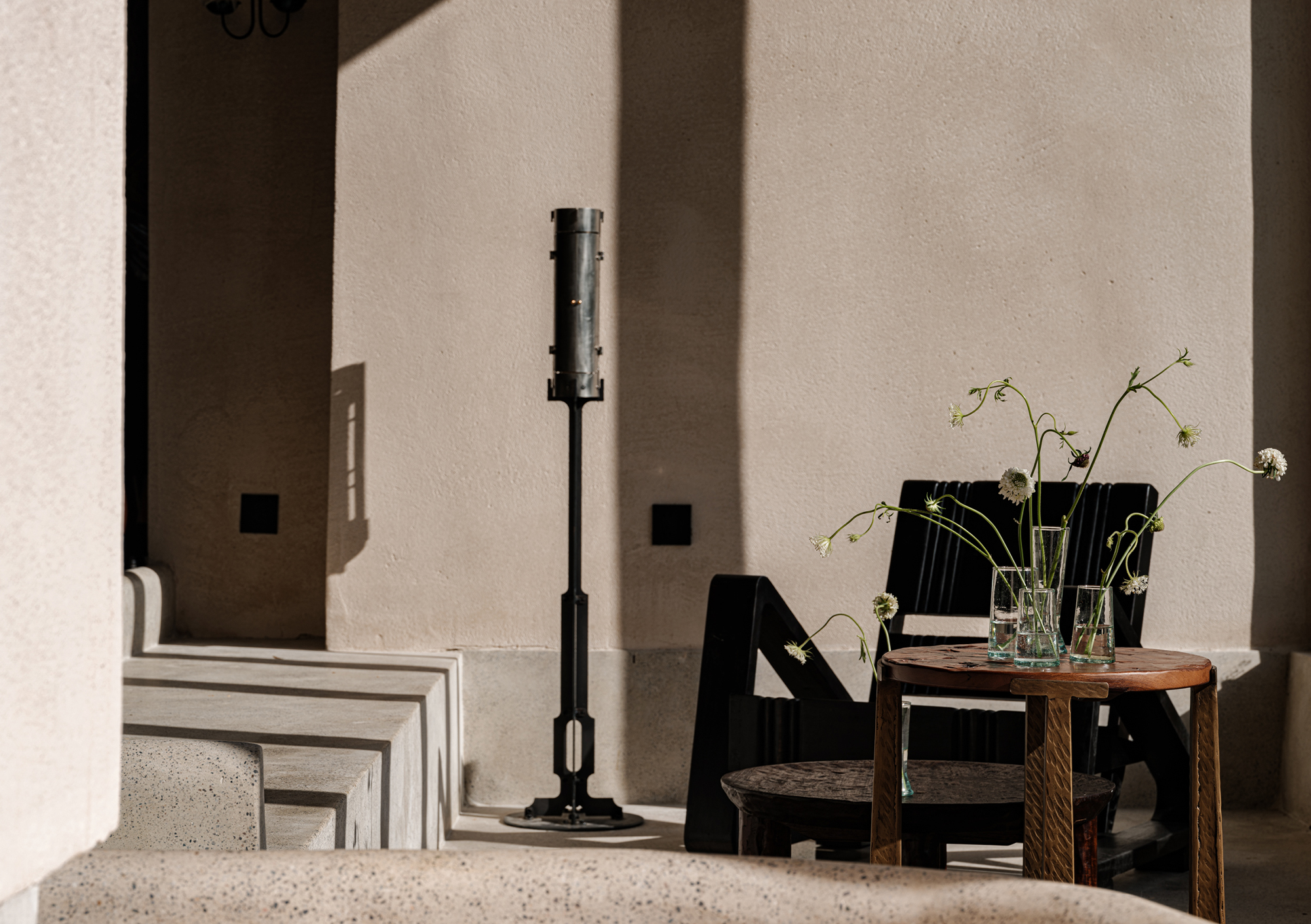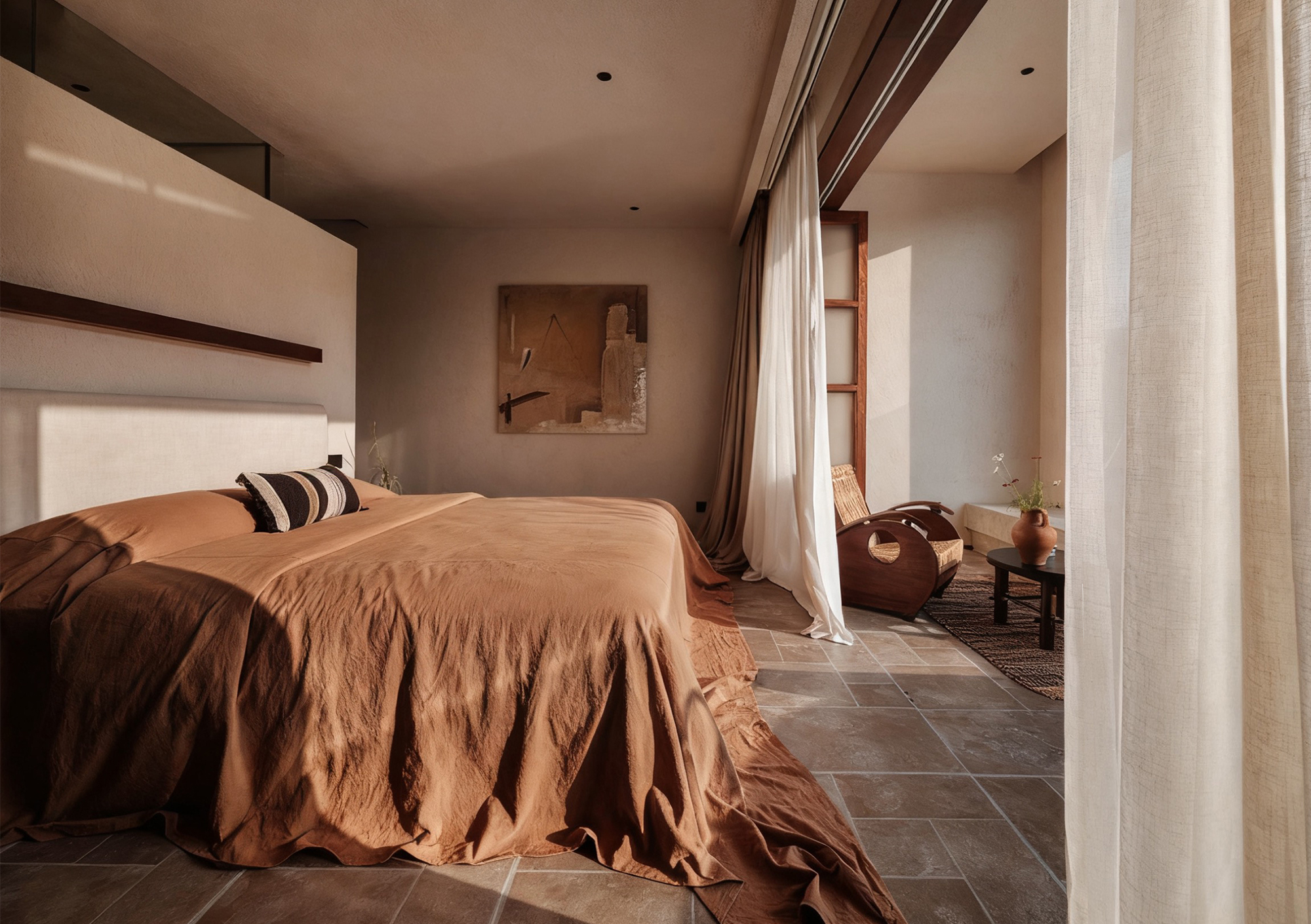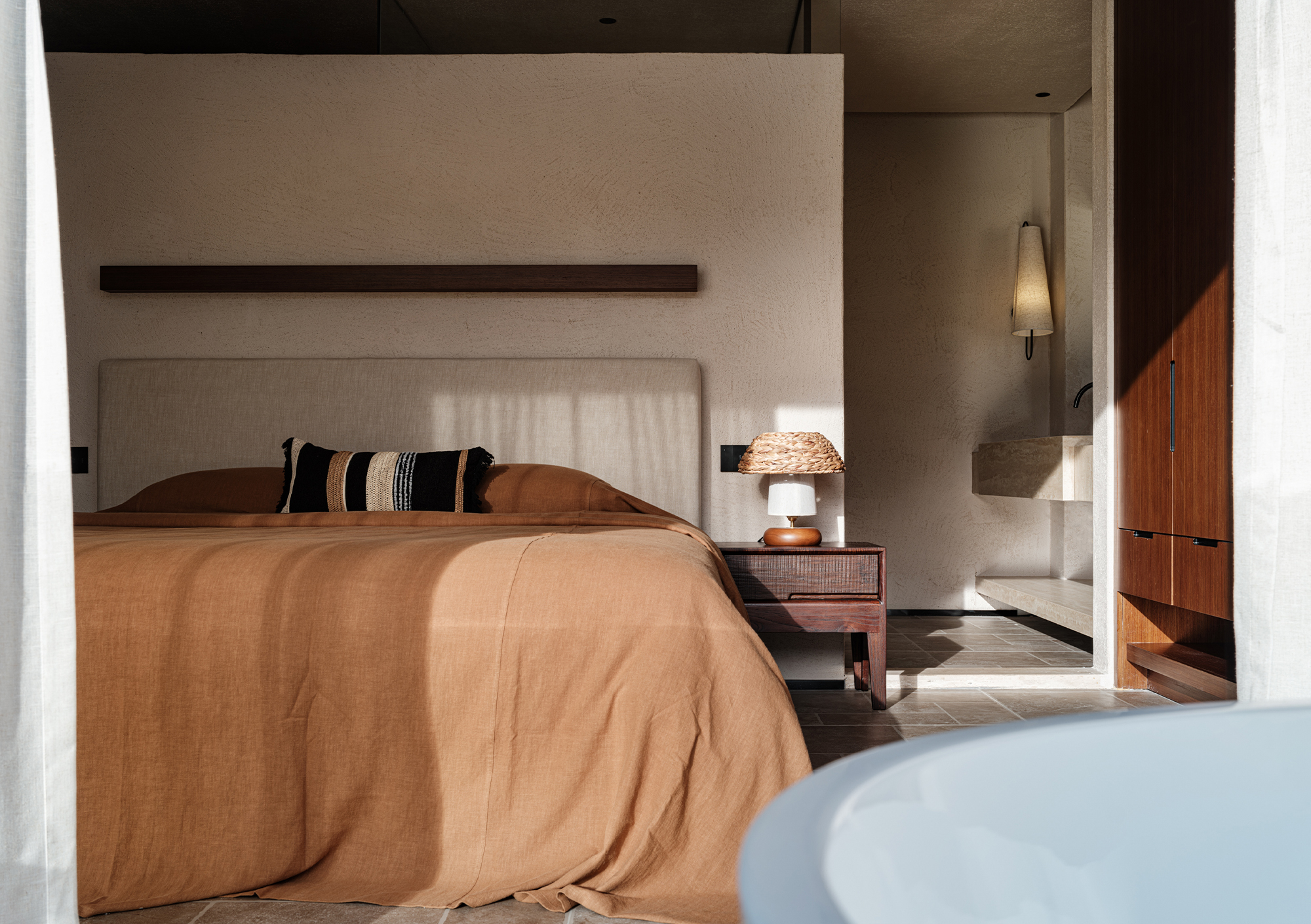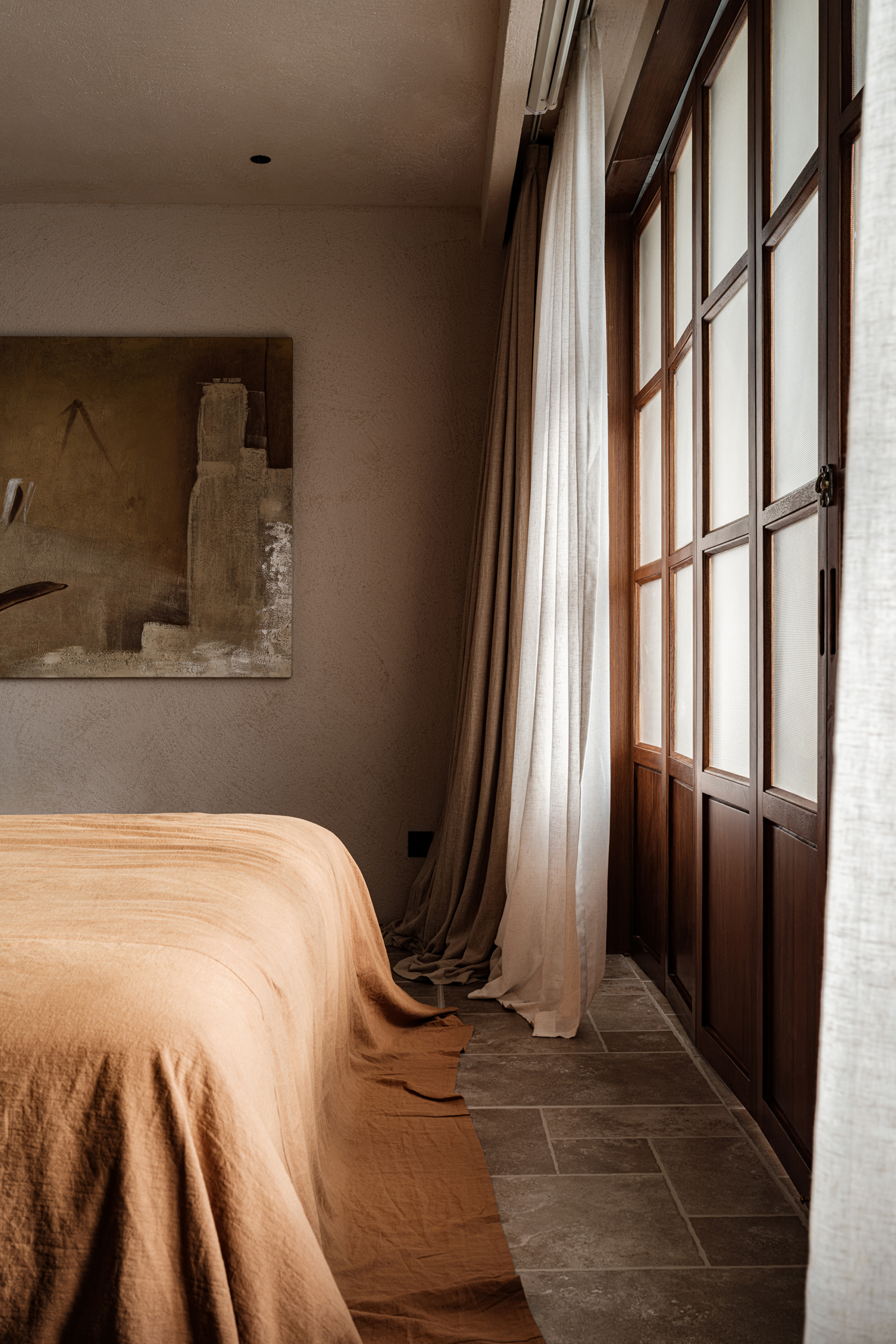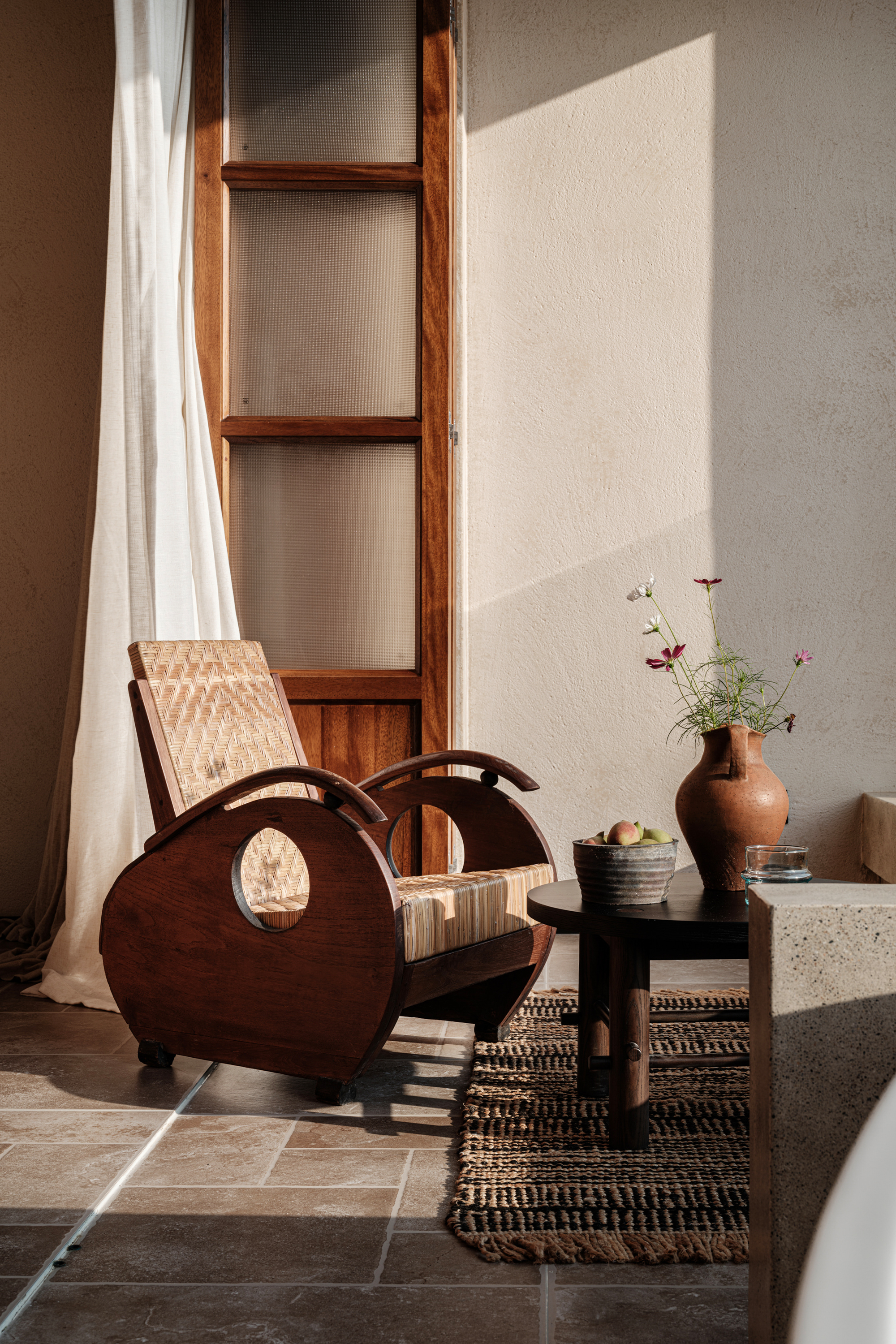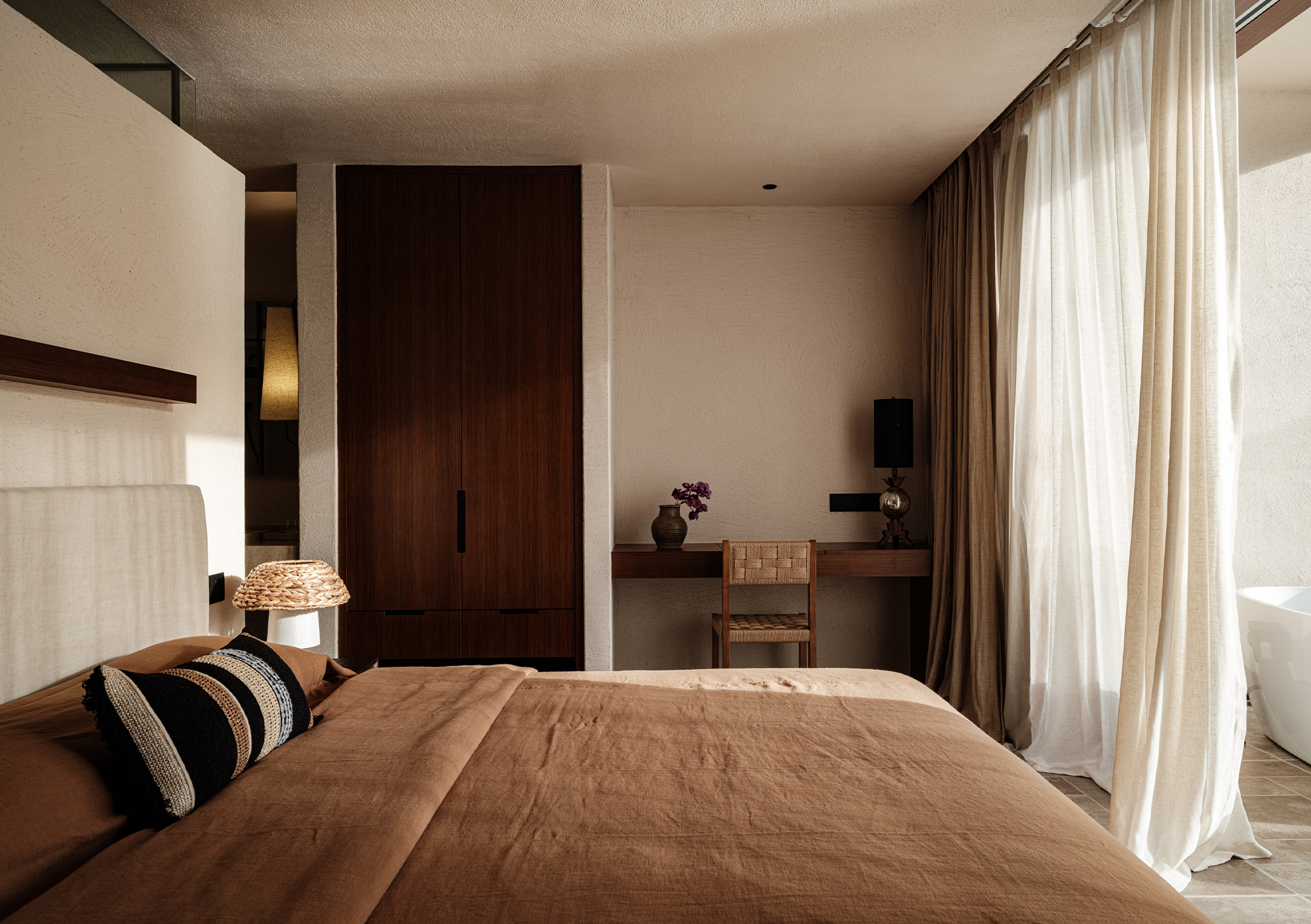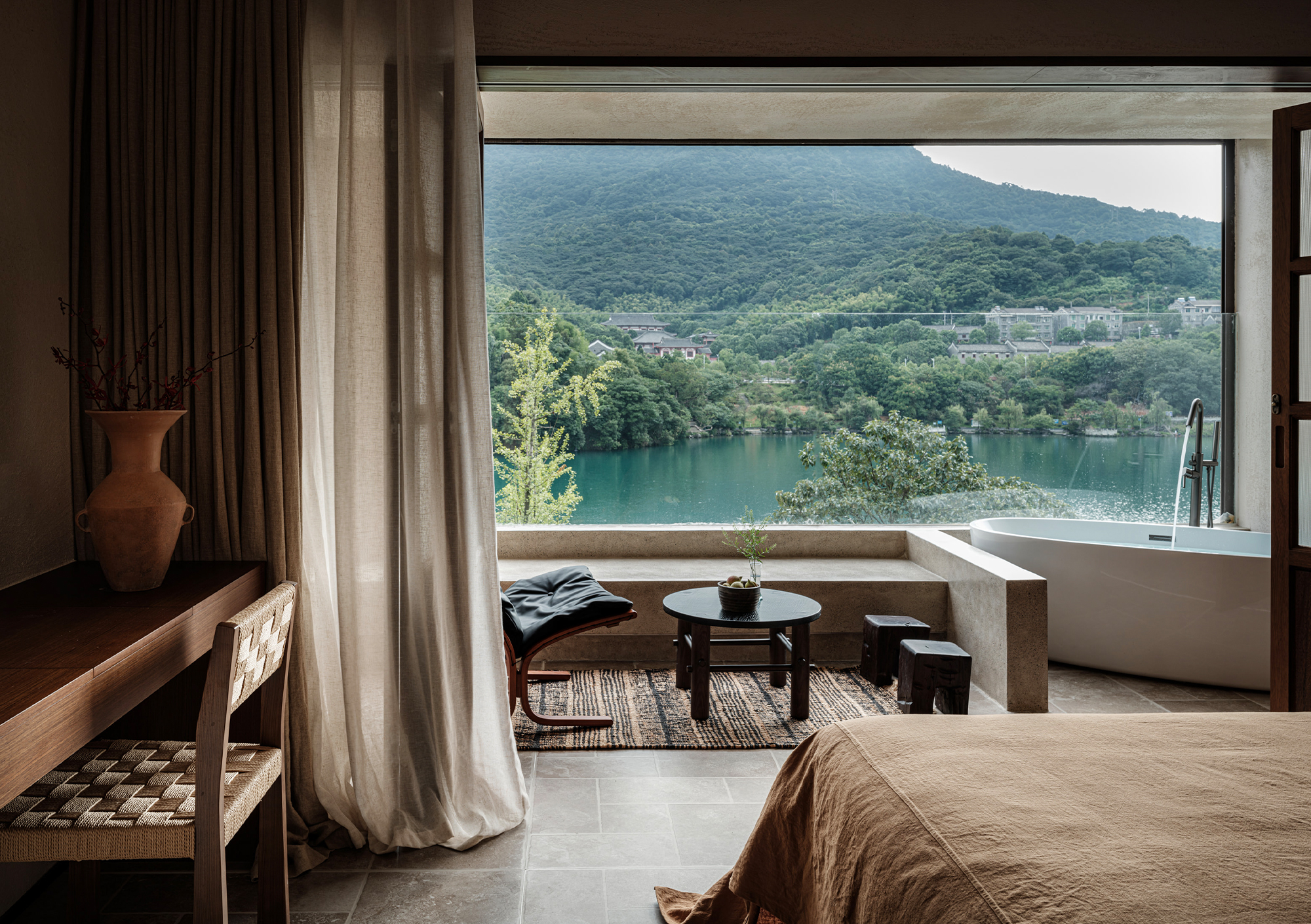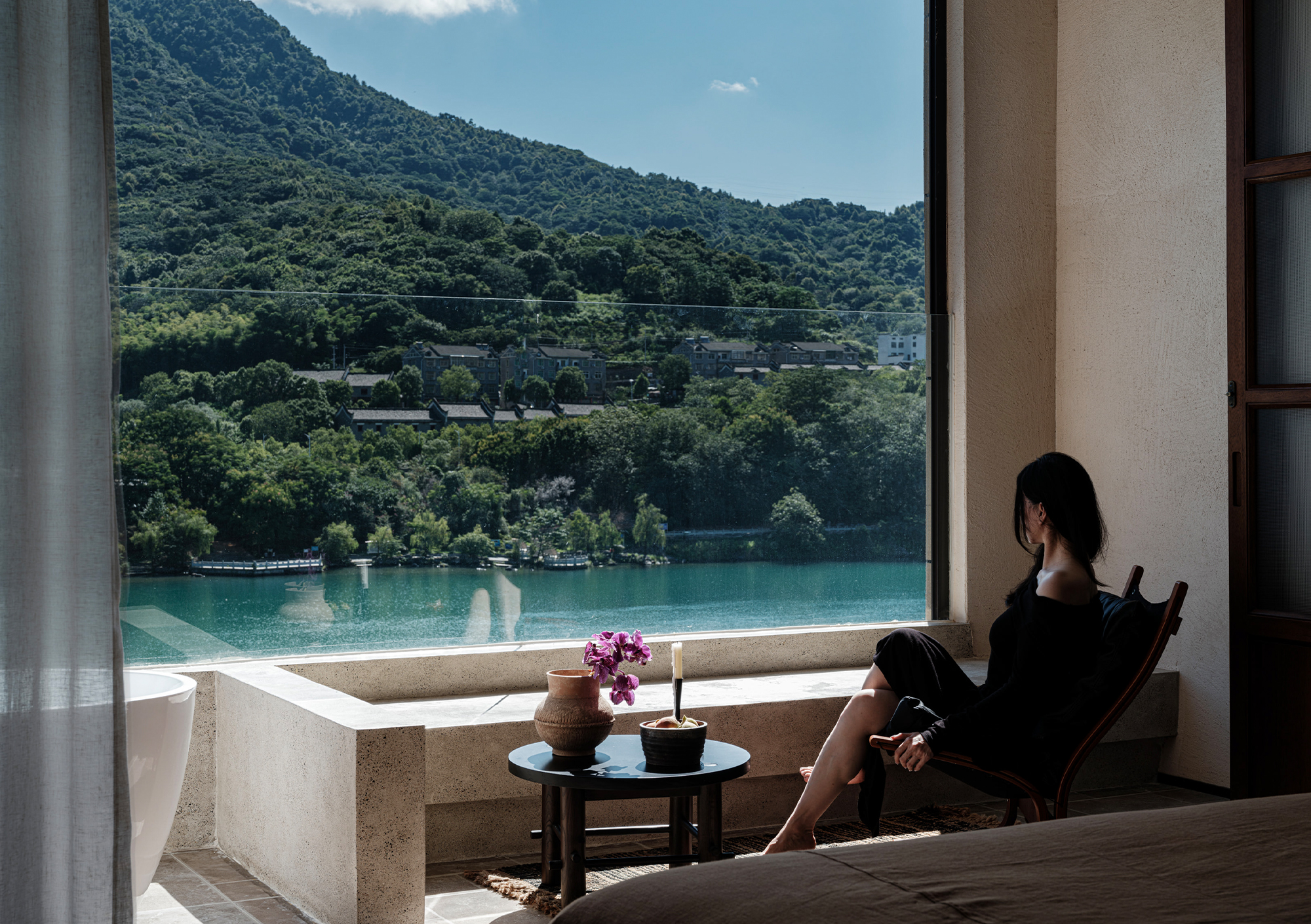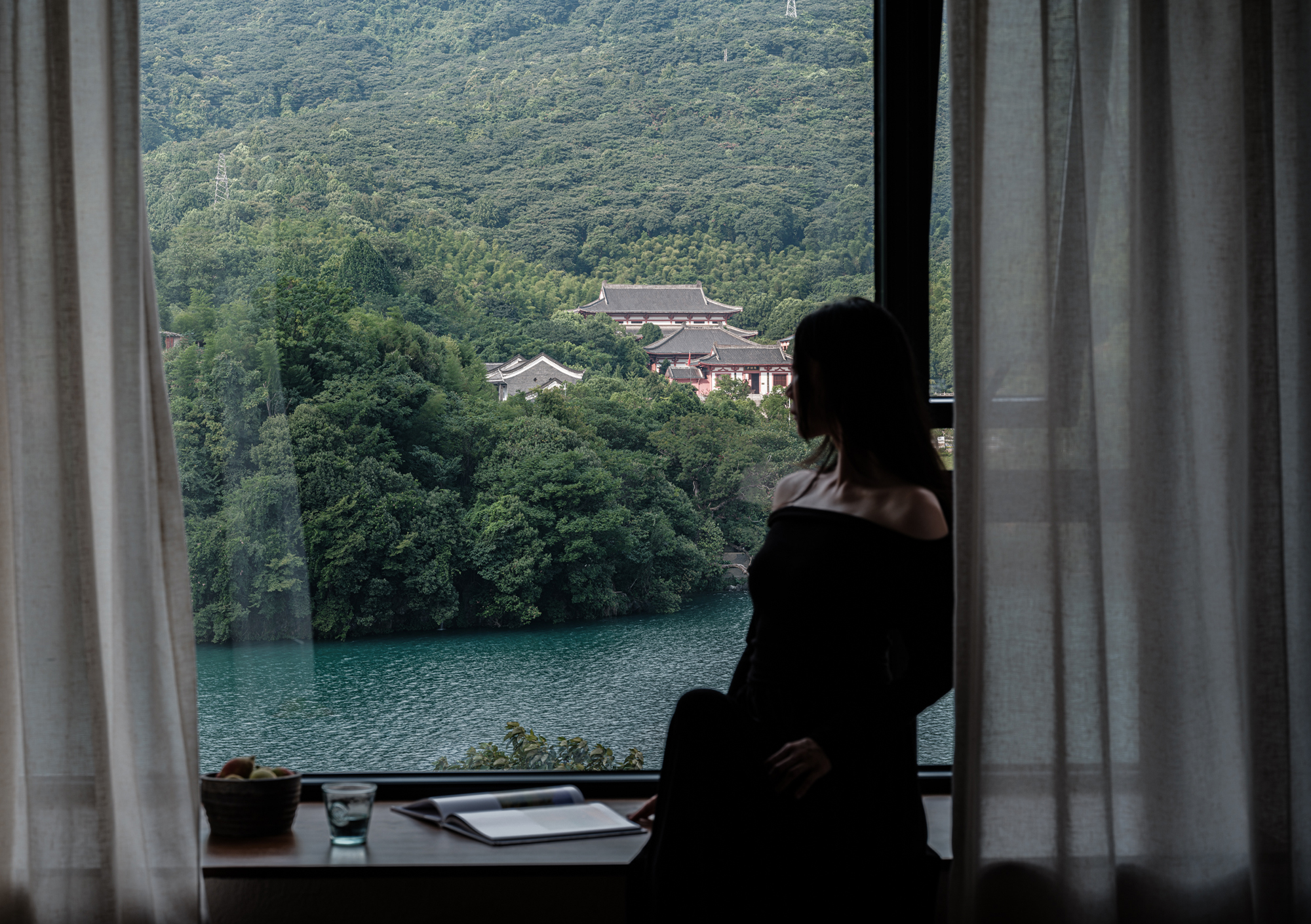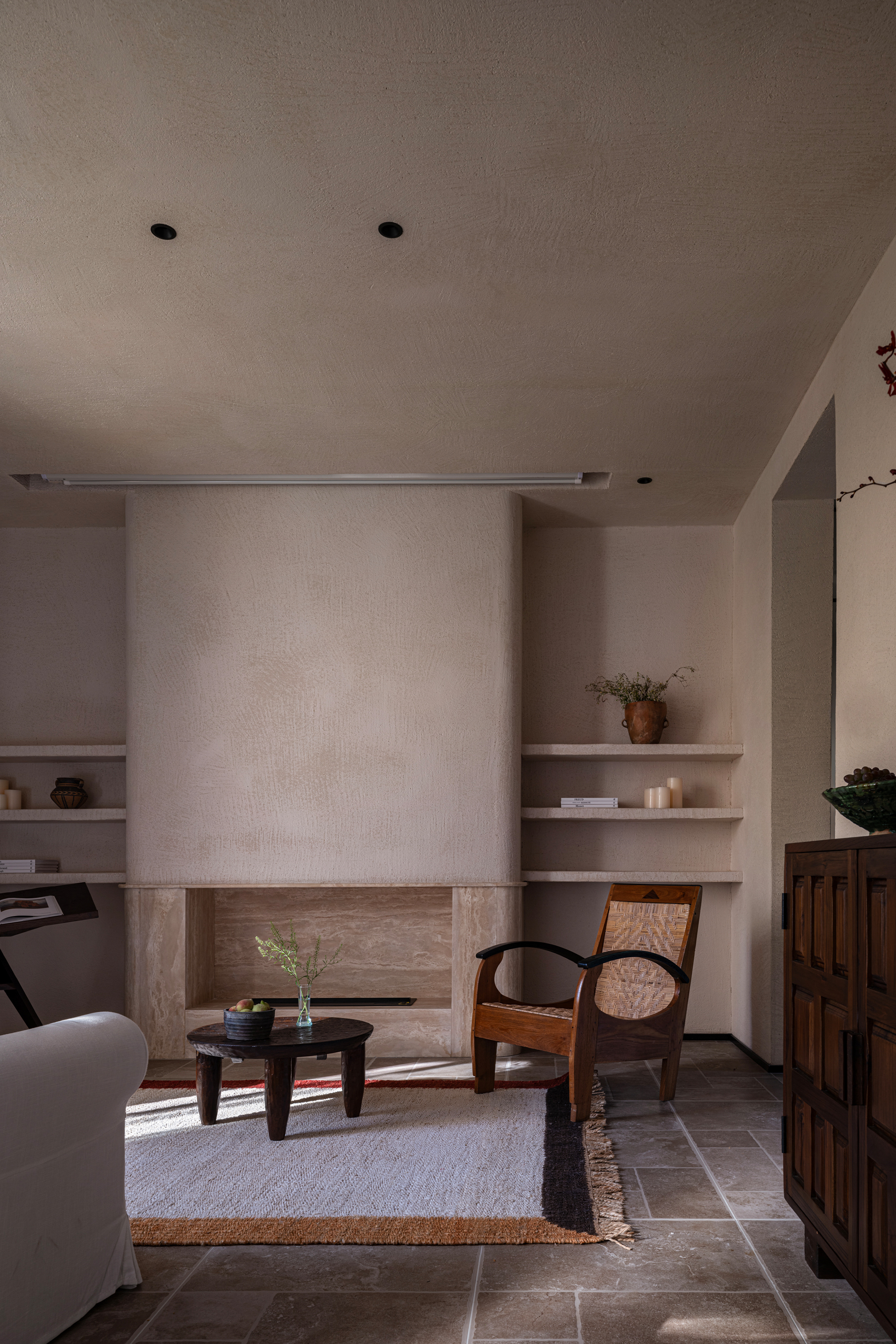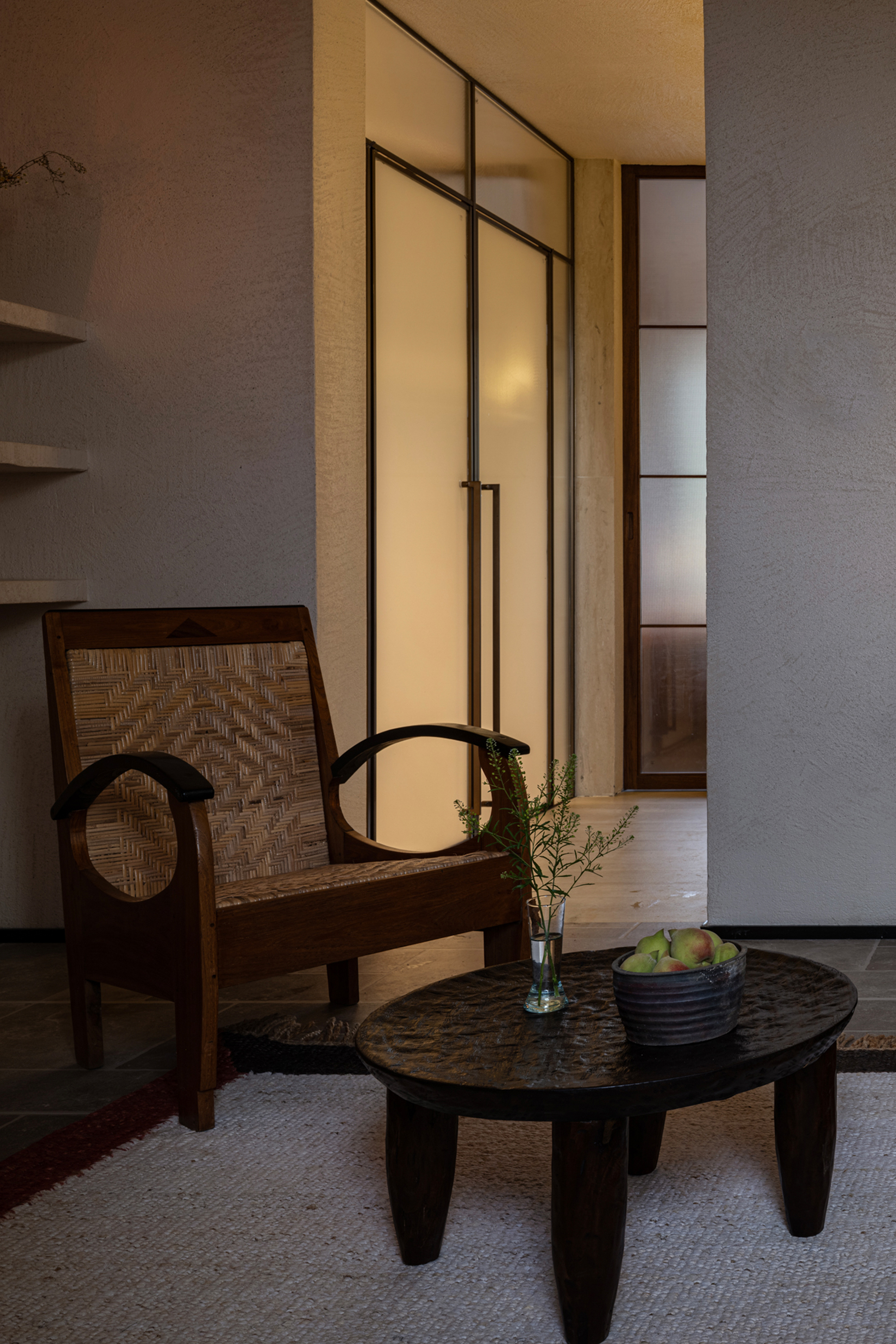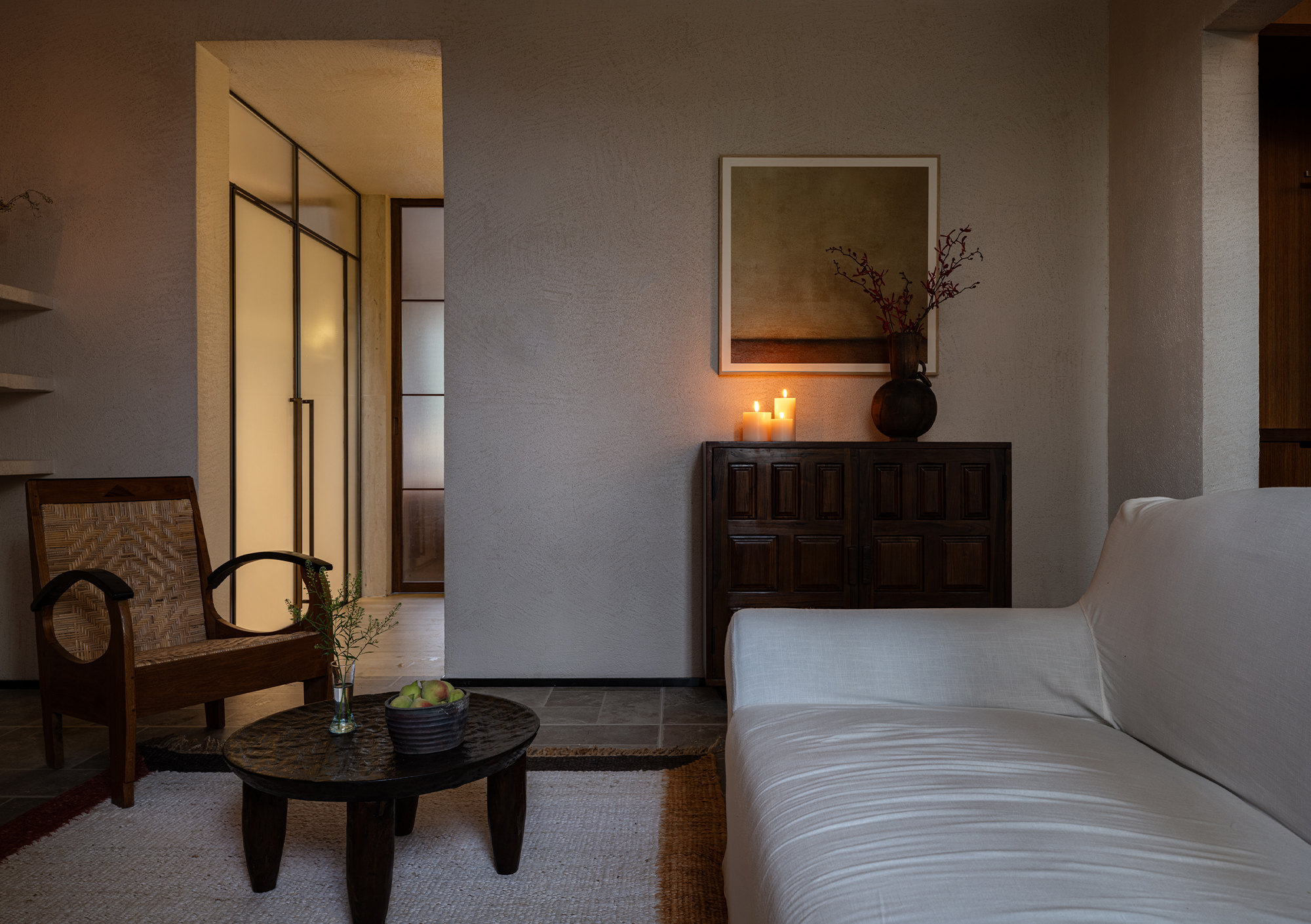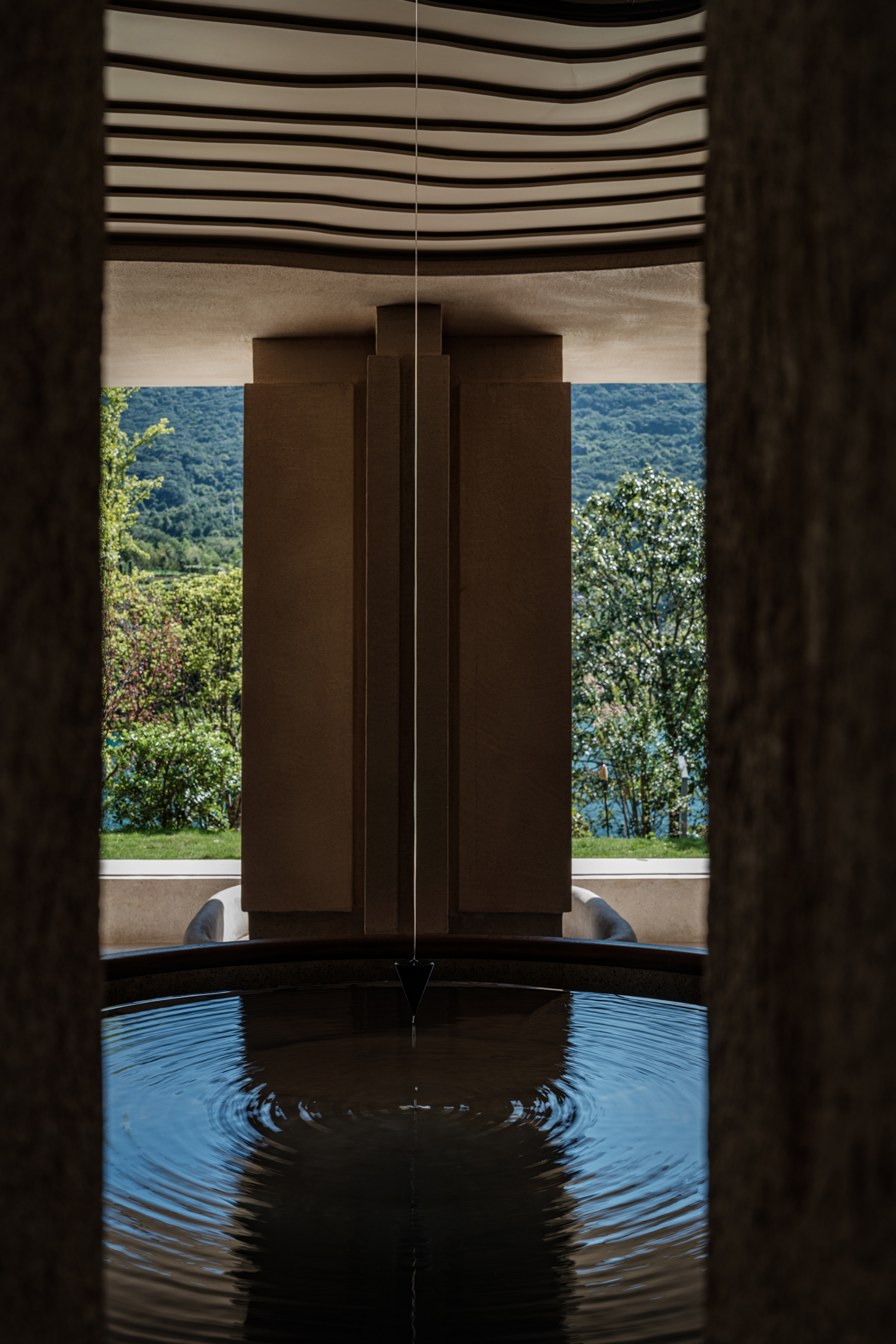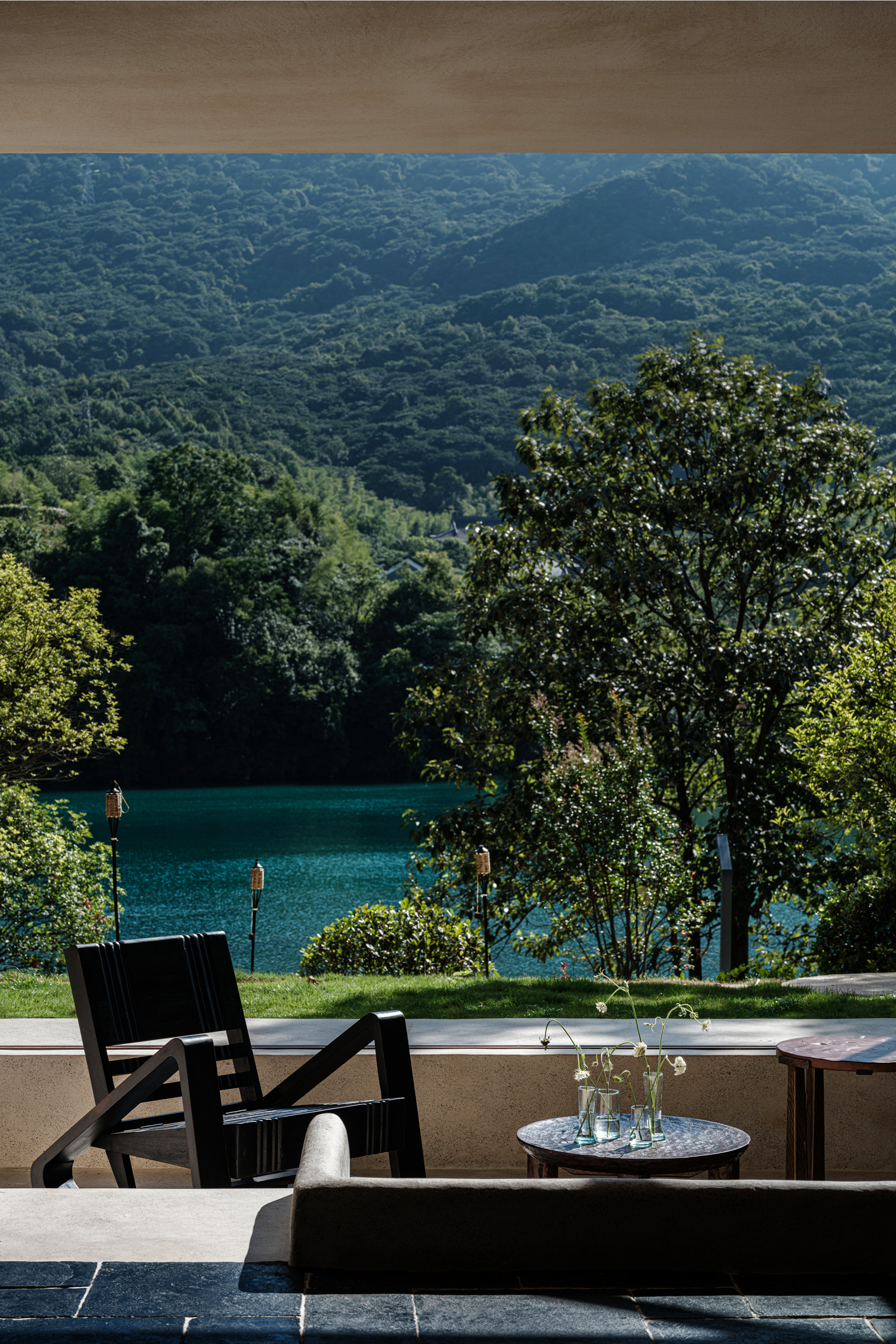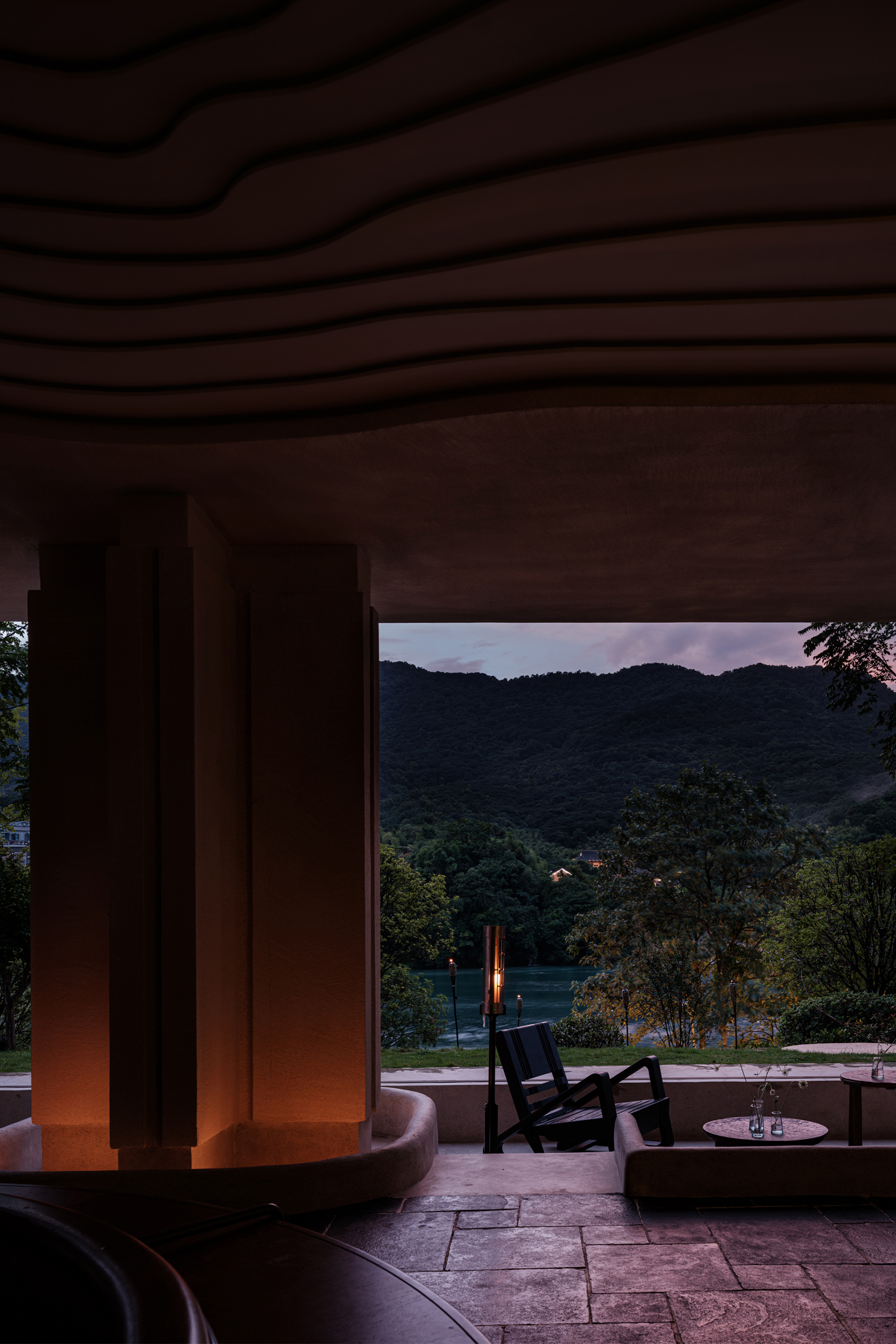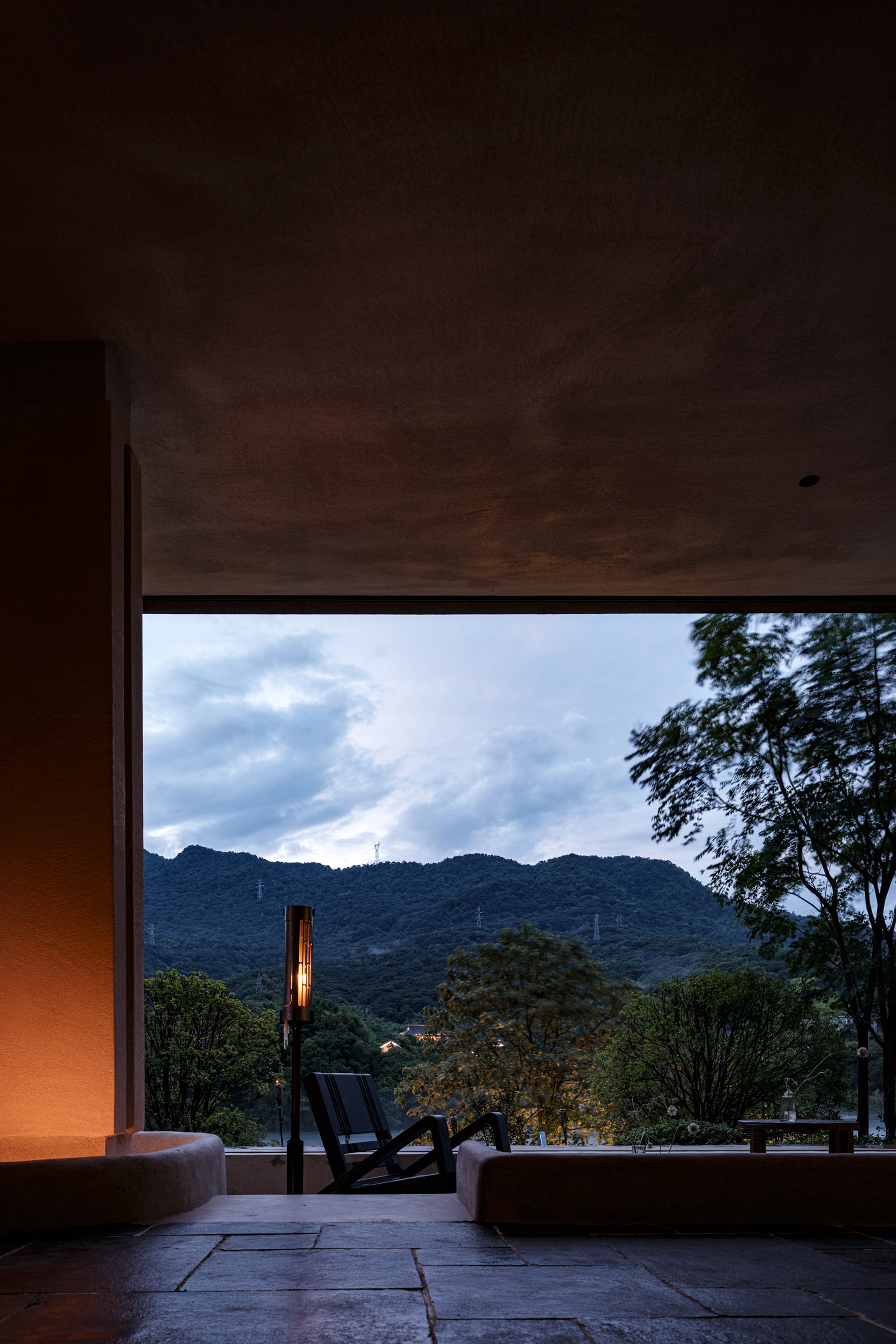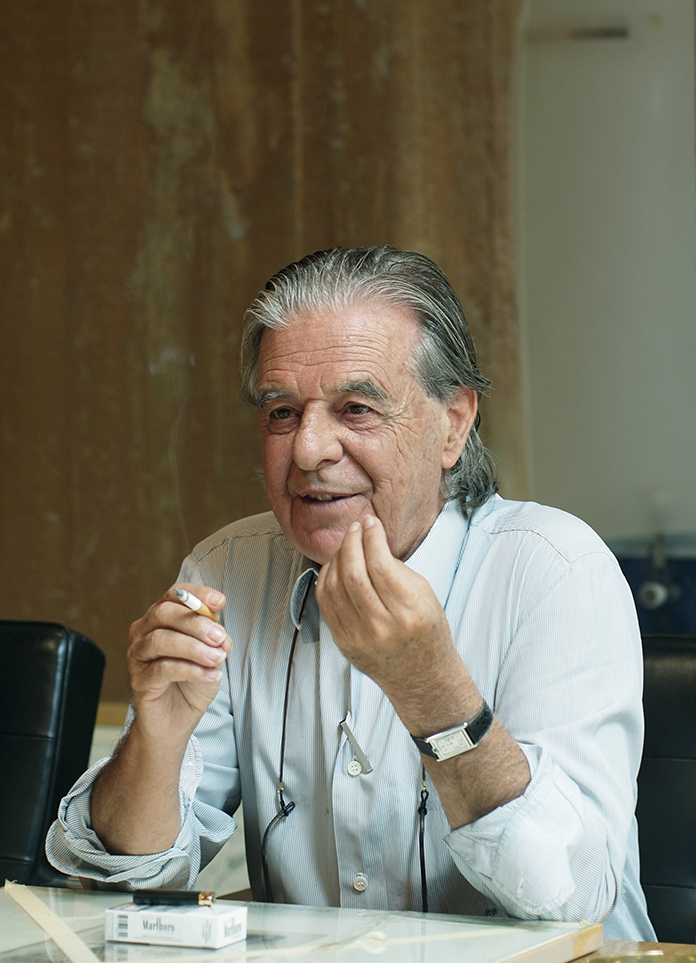The project is located on the banks of Dongjiang Lake in Zixing City, Hunan Province - the river flows through the mountains, overlapping the green on both banks, creating a hazy and picturesque scene. The mountain scenery blends with the water's reflection, and time seems to be moistened by water, becoming slow, low-saturation and moist. Such a scene not only attracts tourists to stop and linger, but also awakens the deep-seated dream of dwelling in many people's hearts: they long to build a homestay here to place their ideals and also to settle their minds and bodies.
So, what kind of space do contemporary people actually need? As the second homestay project we have collaborated on with the client, we did not rush to start the design. Instead, we delved into the local area of Dongjiang and conducted detailed research. This area has long formed a diverse and coexisting ecosystem of homestays, ranging from high-end design hotels to family-style inns, with various styles but also varying in quality. In the face of such a realistic context, after repeated communication with the client, we reached a consensus: We will not follow trends or imitate others. What we need to do is to return to the essence - to create products that truly belong to this era and can respond to the emotional needs of contemporary people.
It should not merely be a stopover during the journey, but rather a place where one can immerse oneself, savor and resonate. It not only offers accommodation and services, but also should carry emotions, inspire imagination and soothe the soul. It is not merely about "space"; rather, it should be a warm lifestyle. Therefore, this time what we are committed to creating is far from a traditional homestay, but a complex cultural life community - integrating coffee and light meals, a cocktail bar, and a leisure area, blending the serene mountains and waters with the hustle and bustle of daily life in one place. We expect it to become a light yet profound presence by the Dongjiang Lake, capable of both accommodating the bustling daily life and providing a place for quiet solitude.
